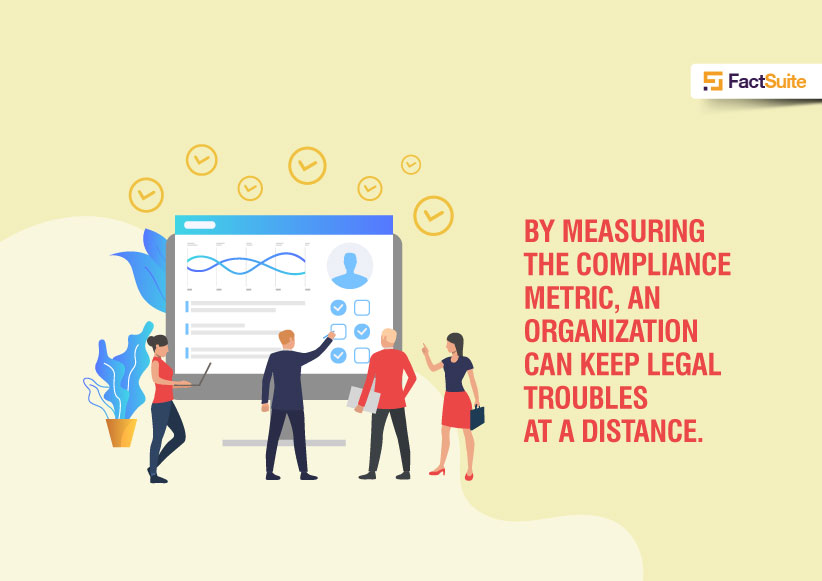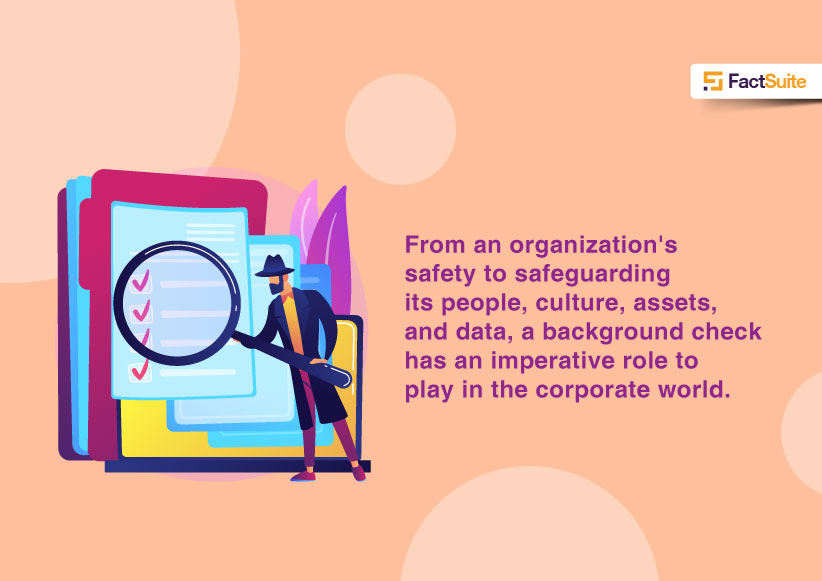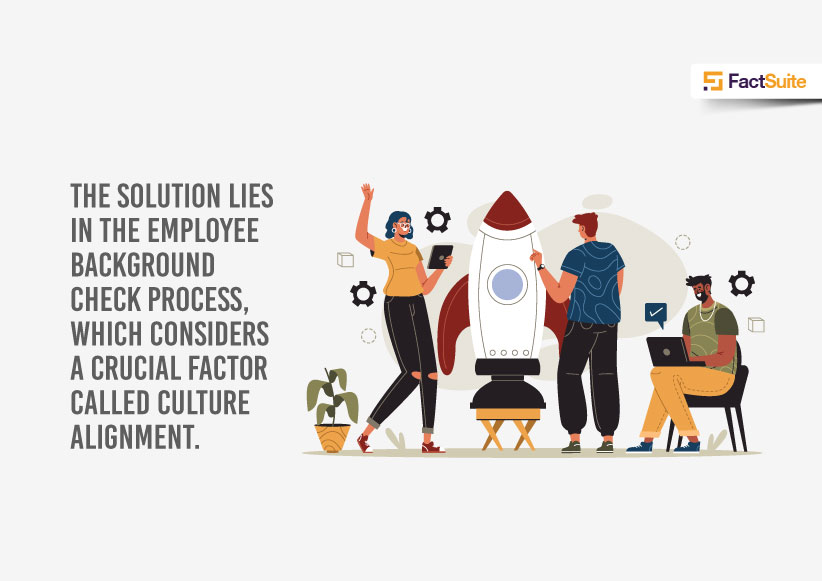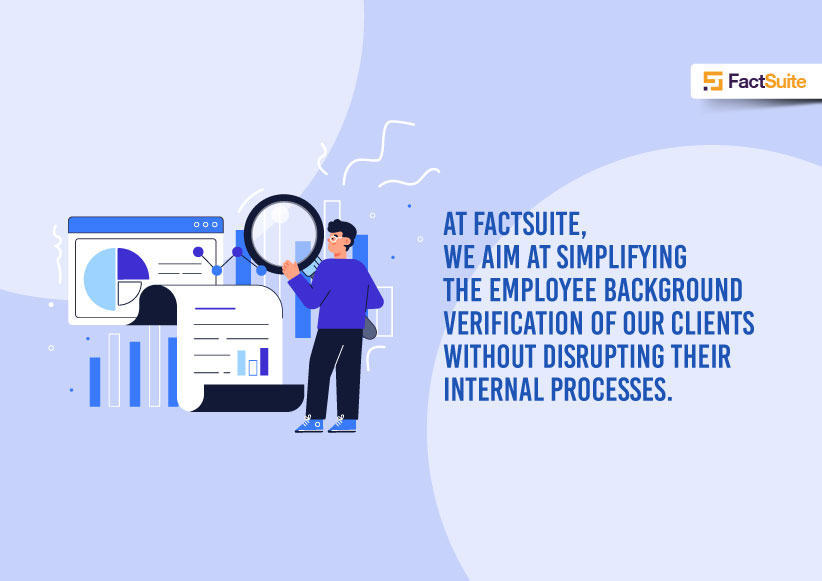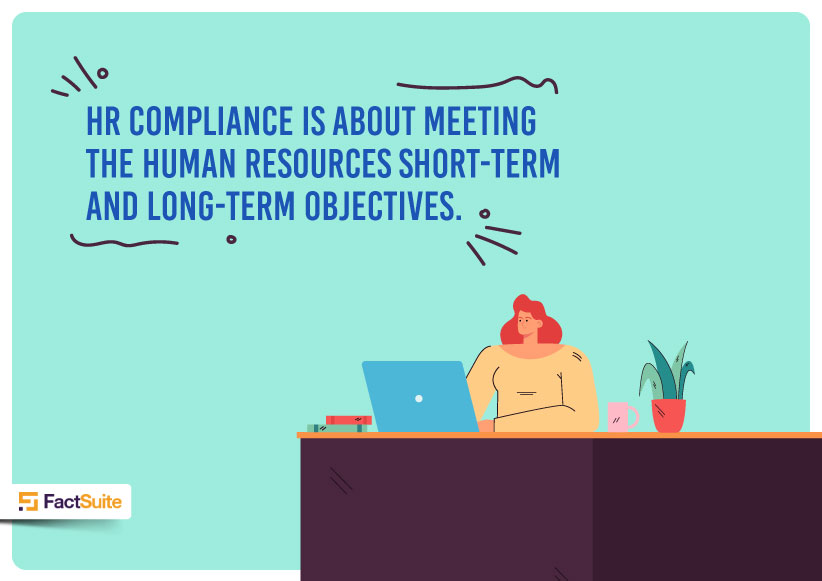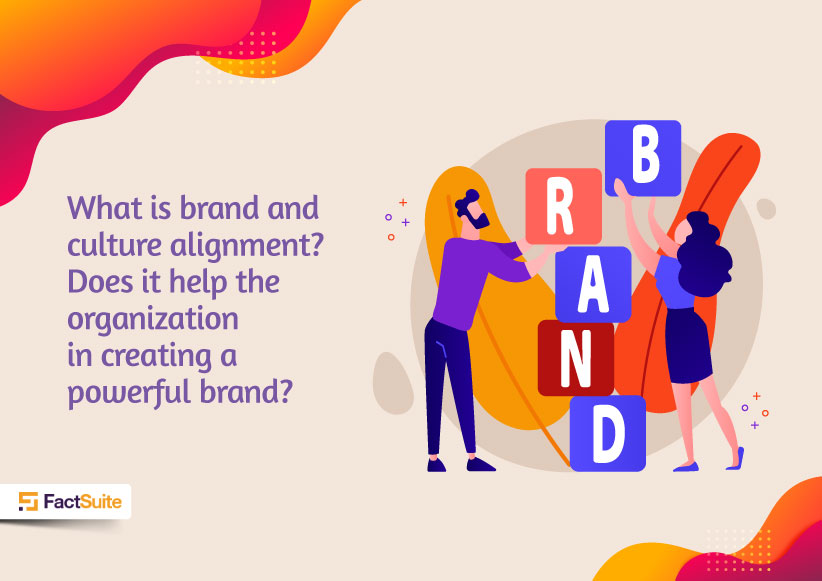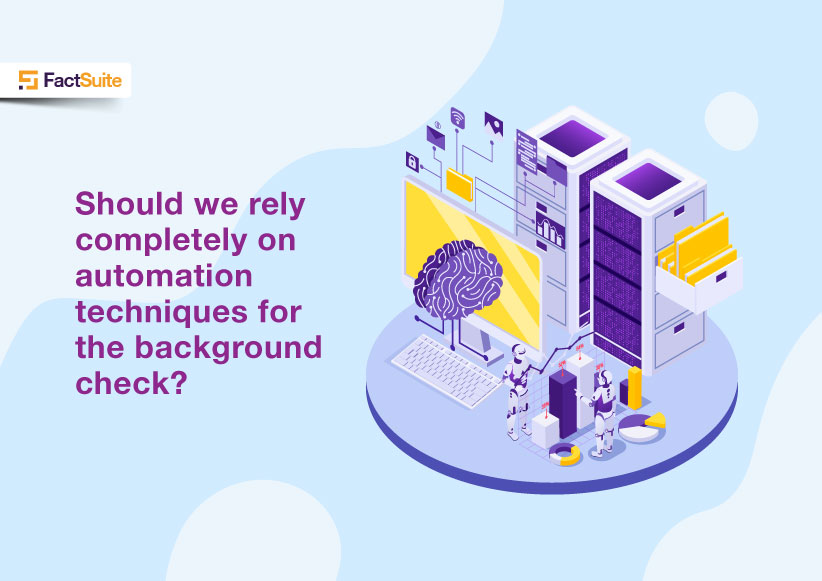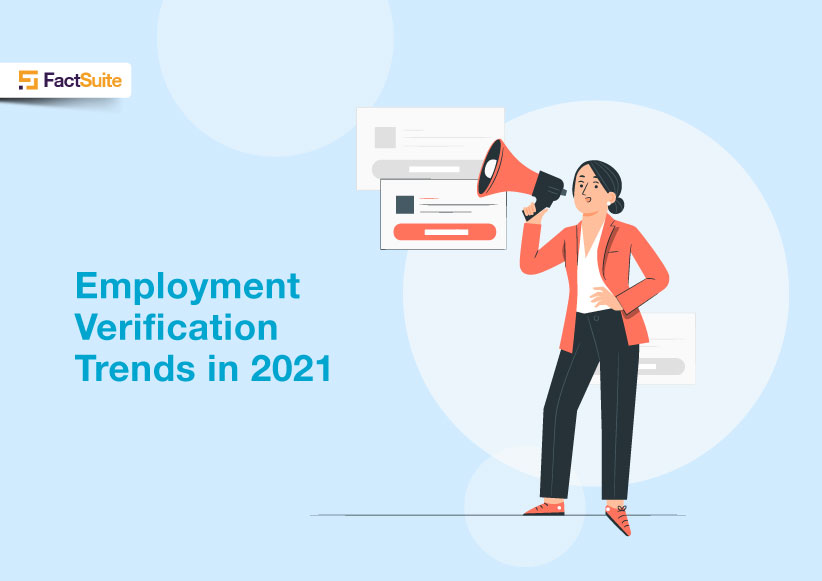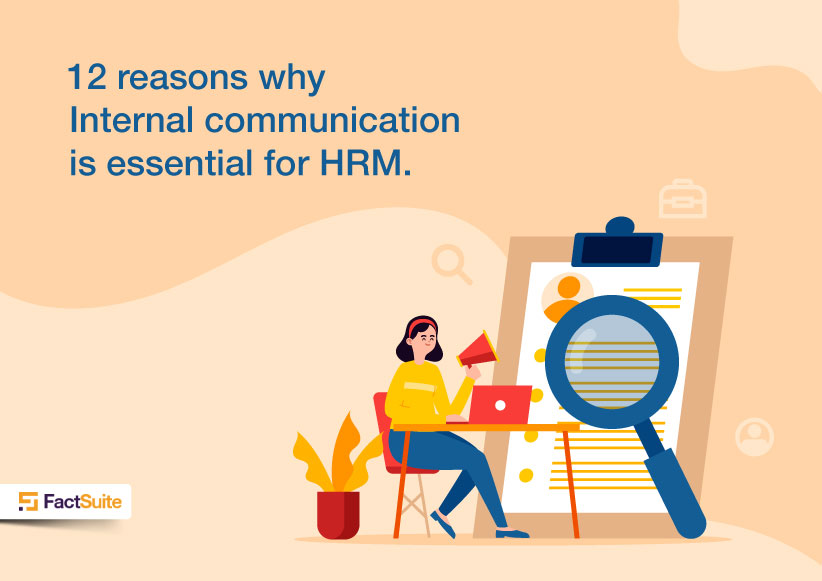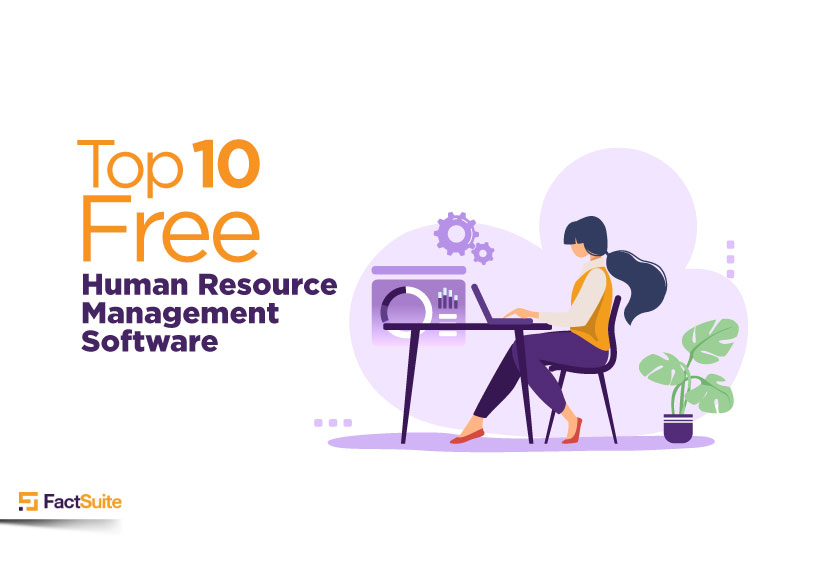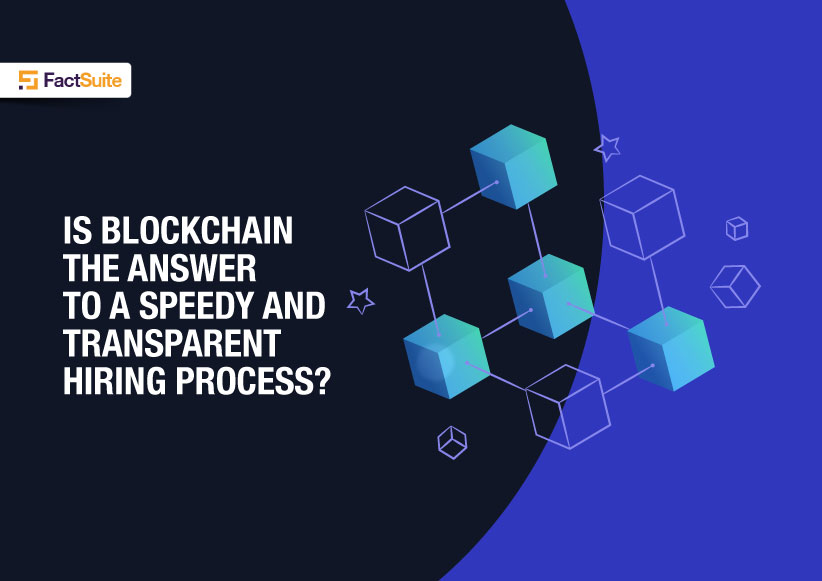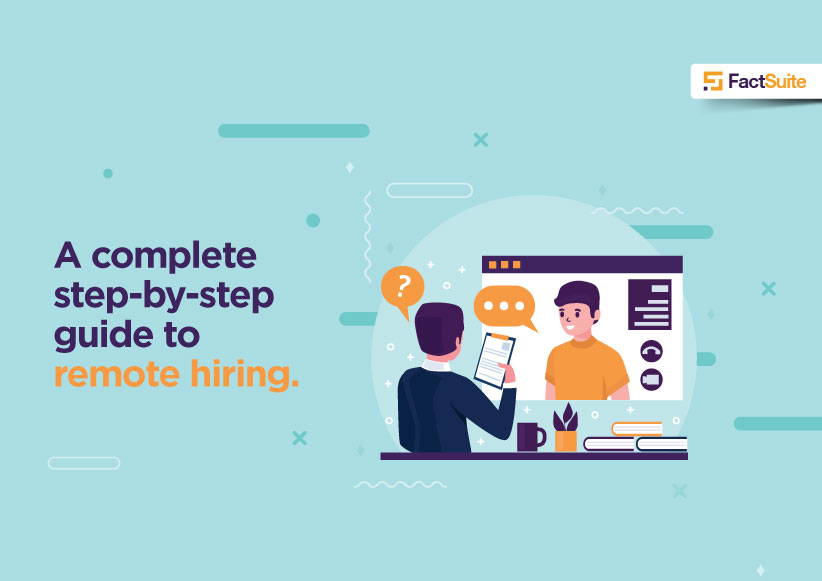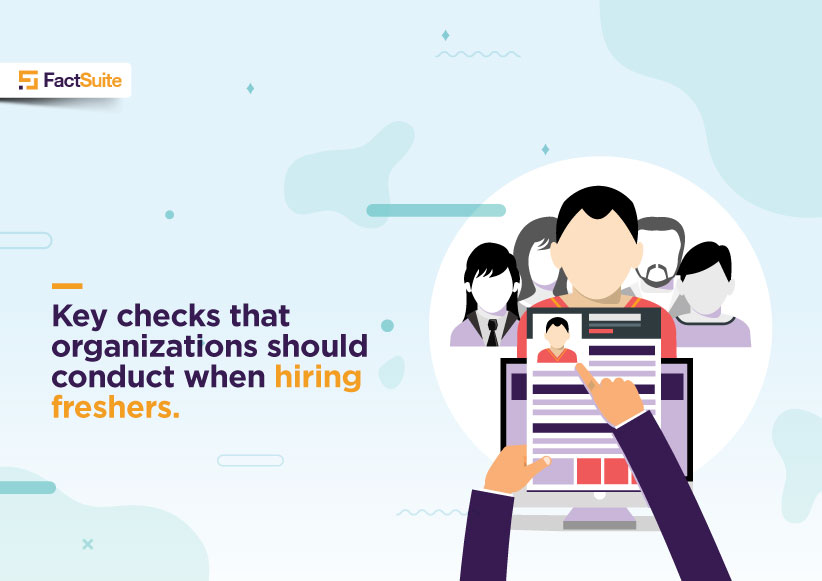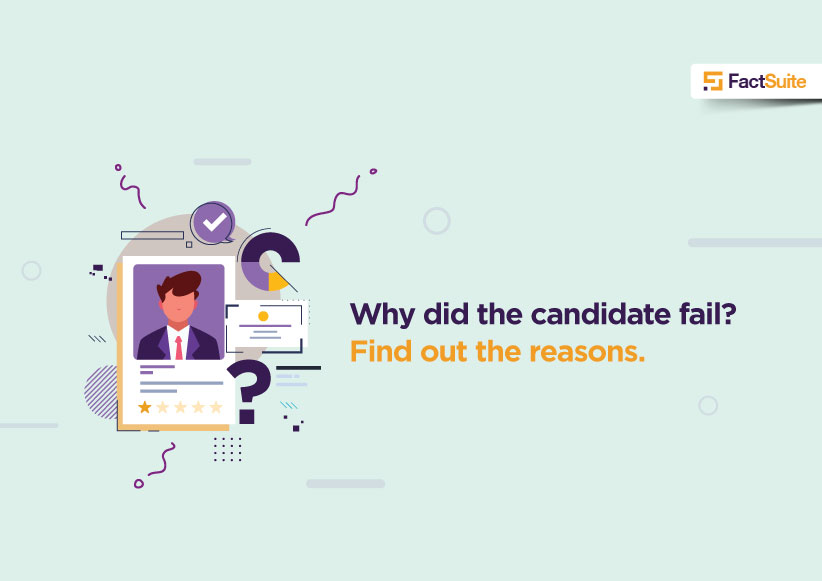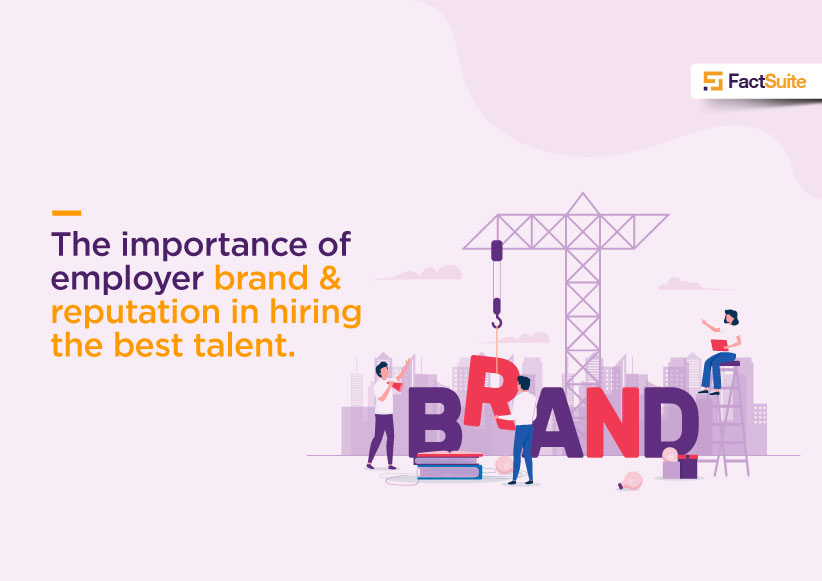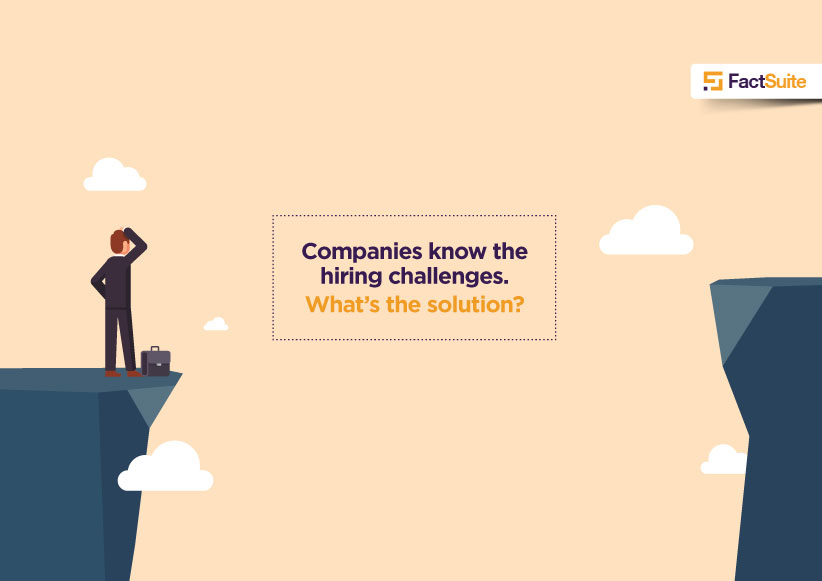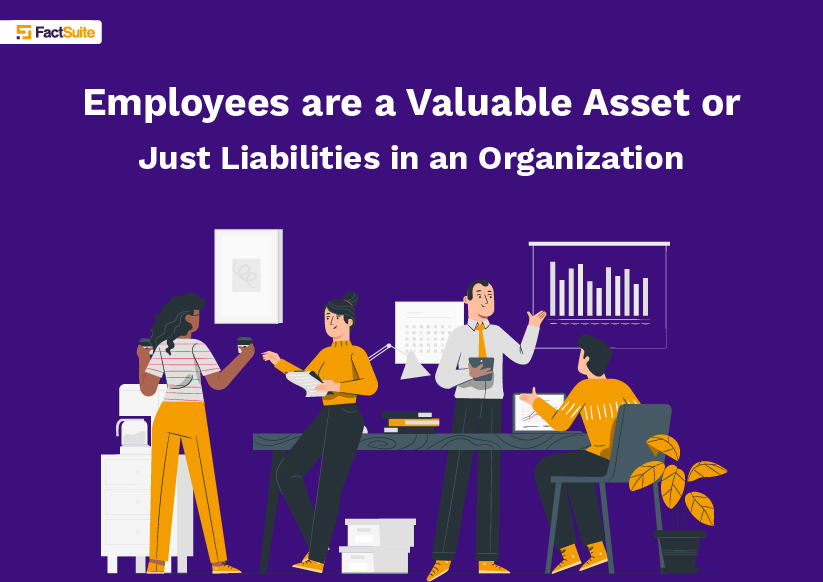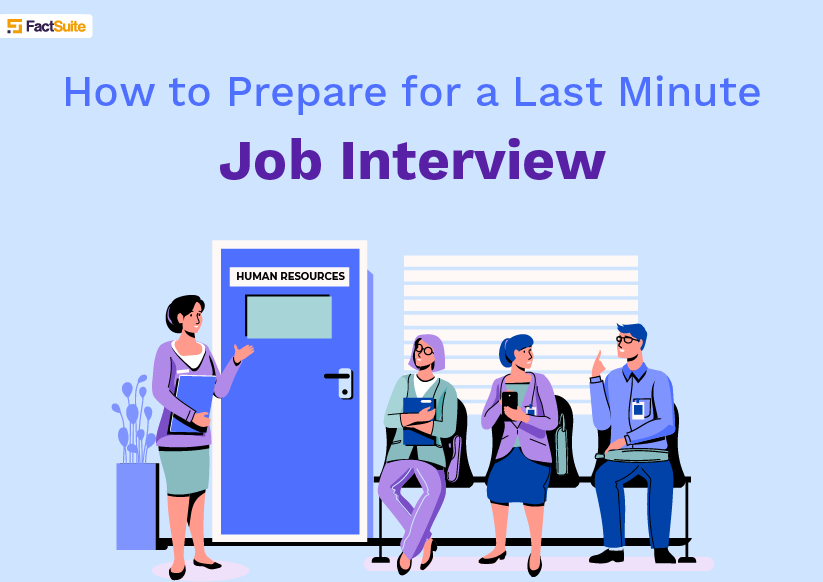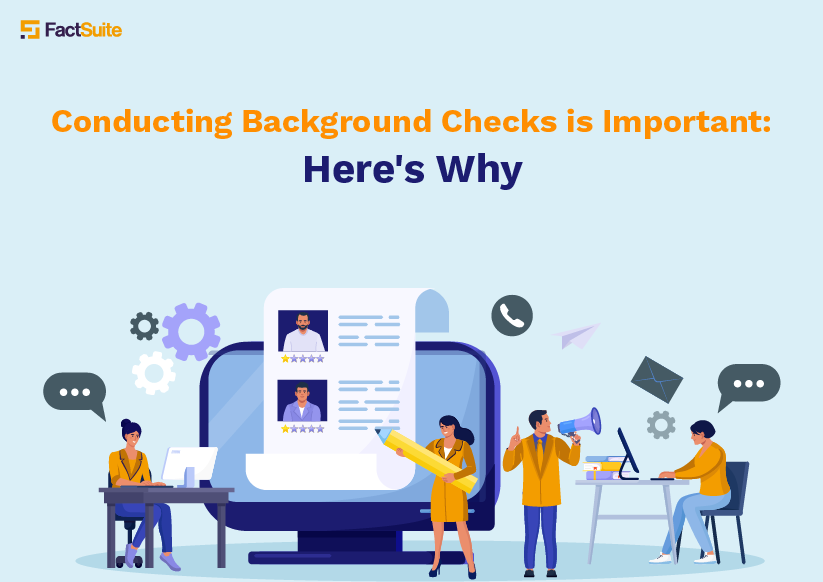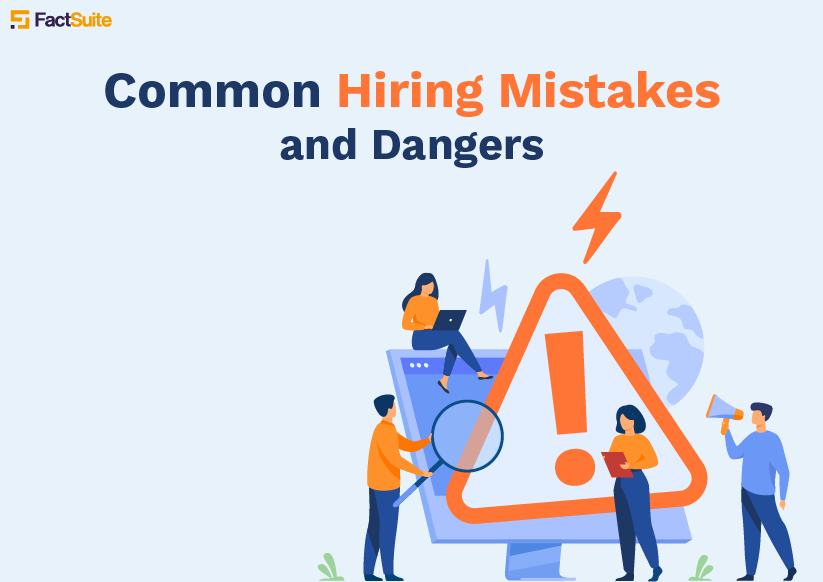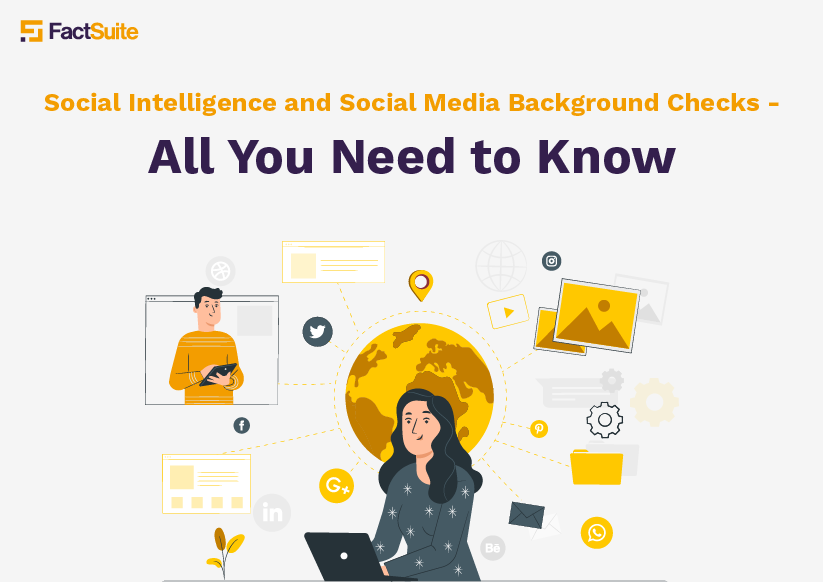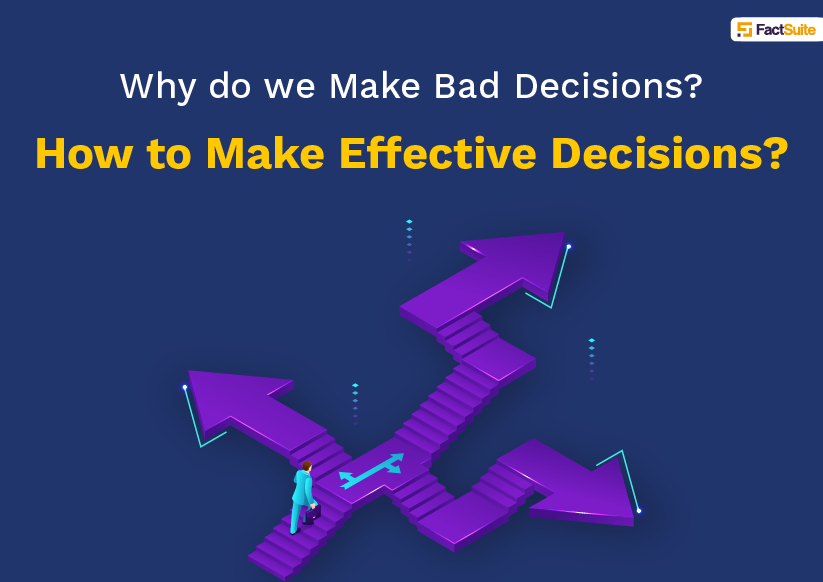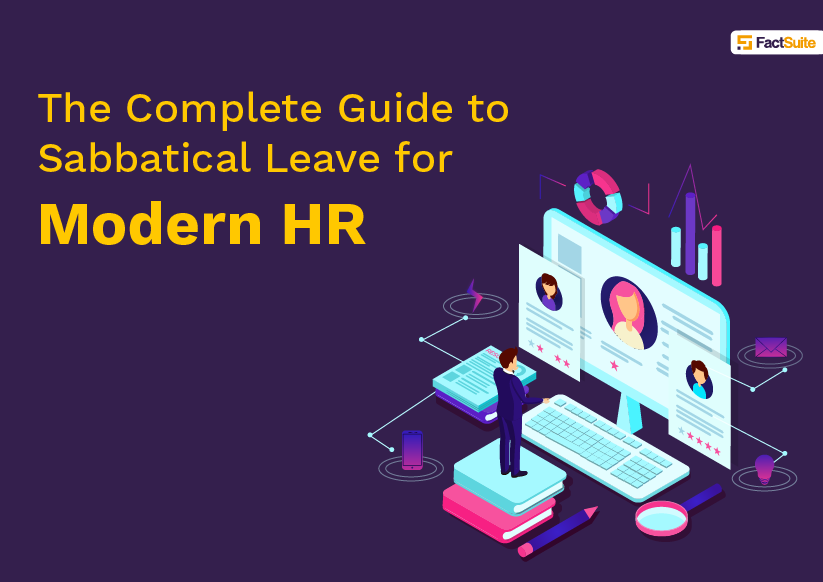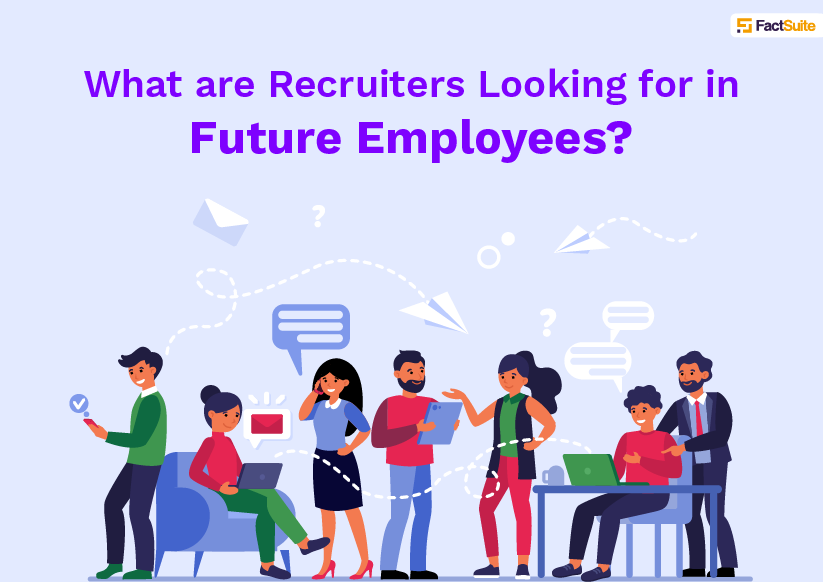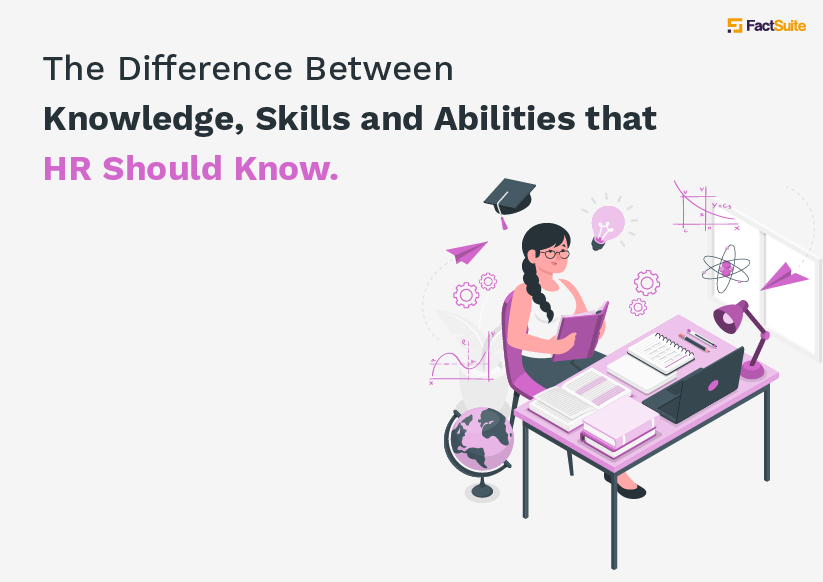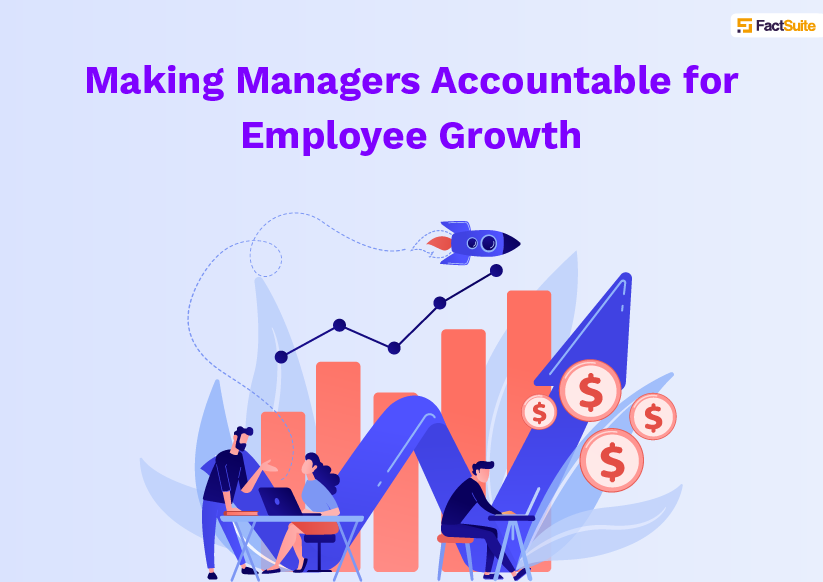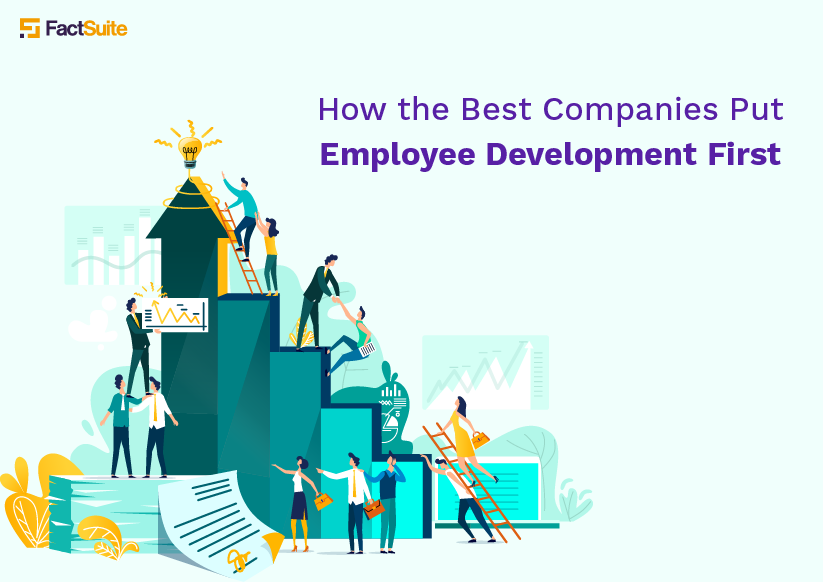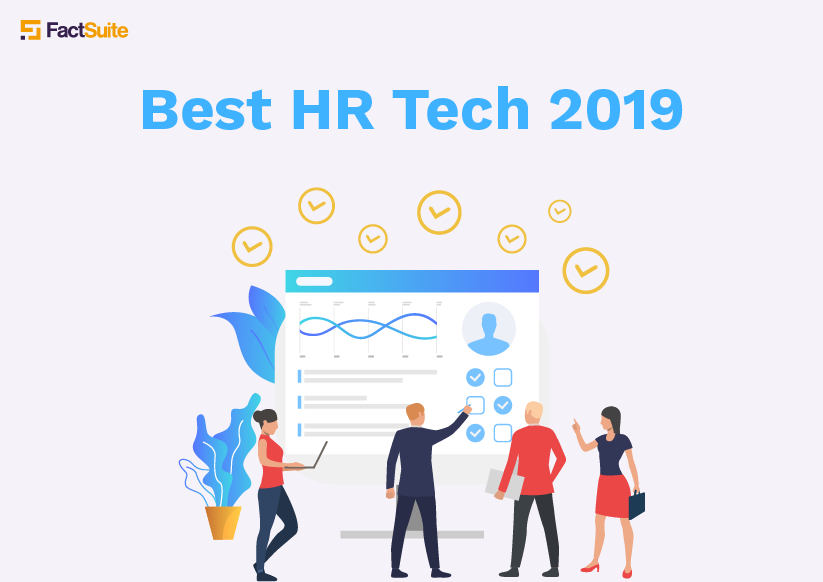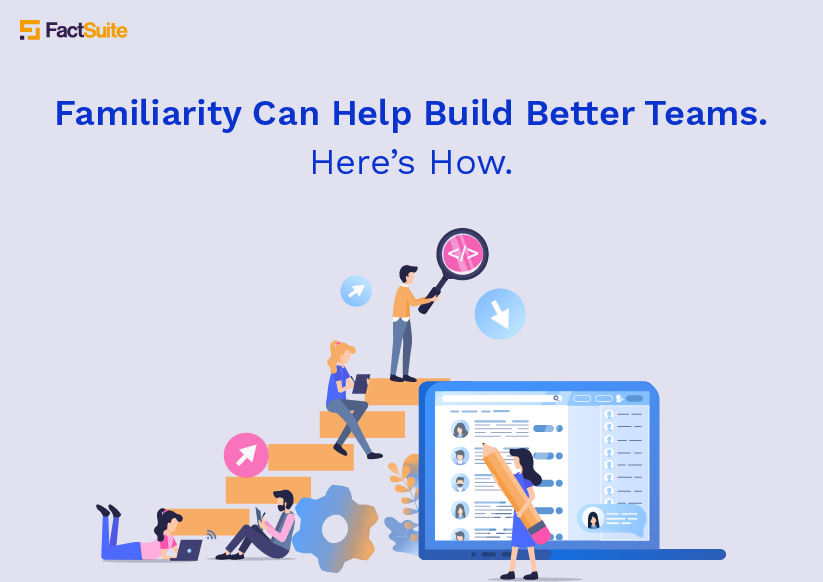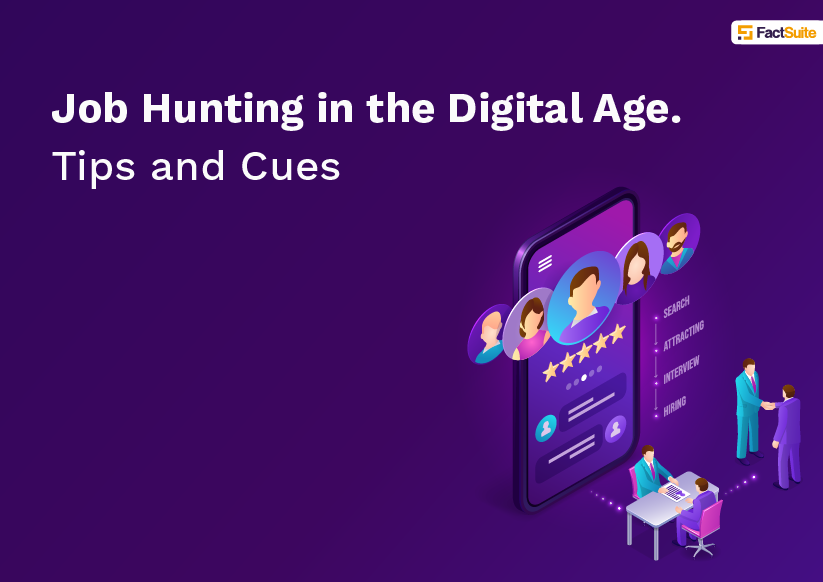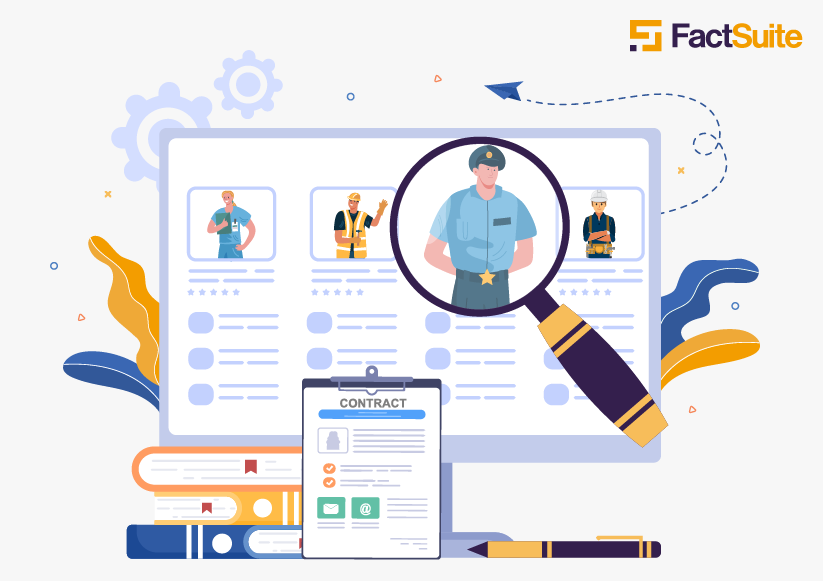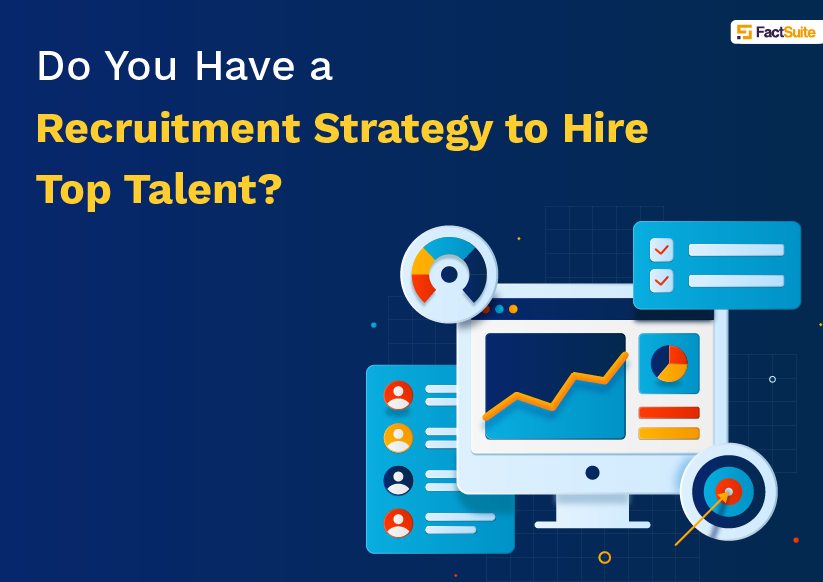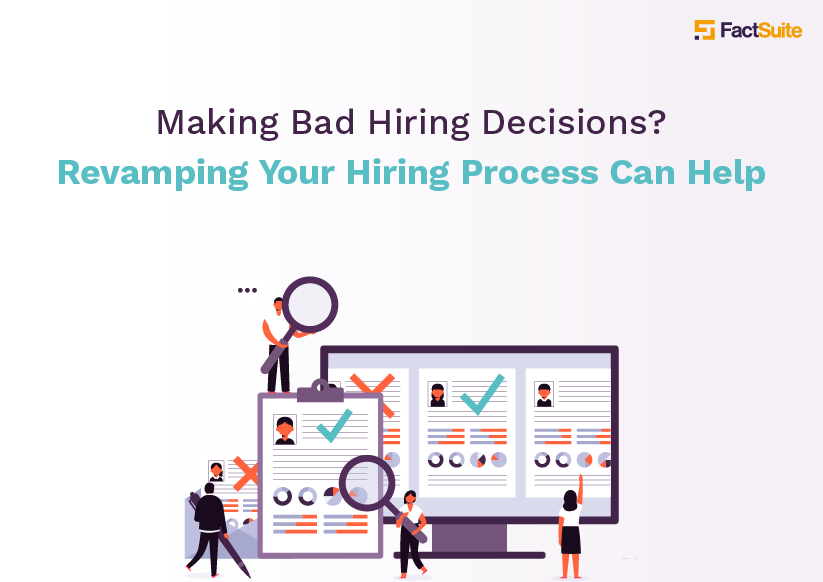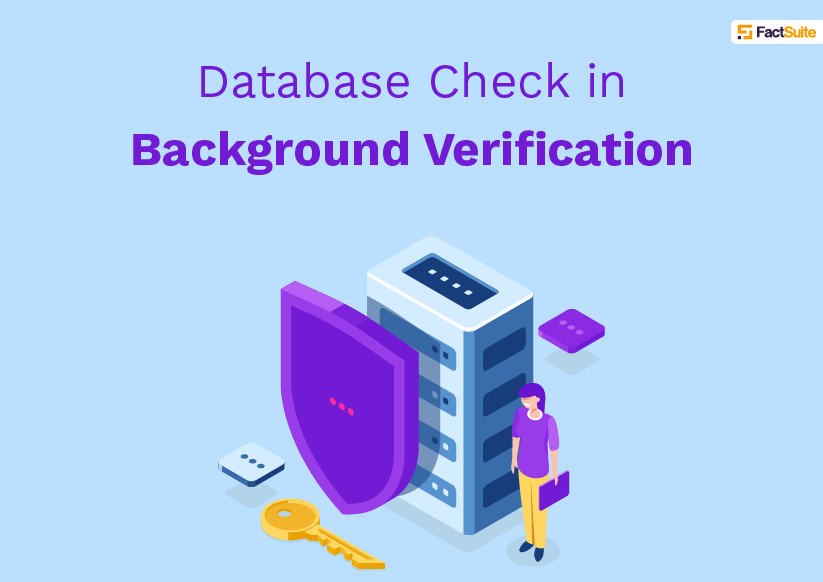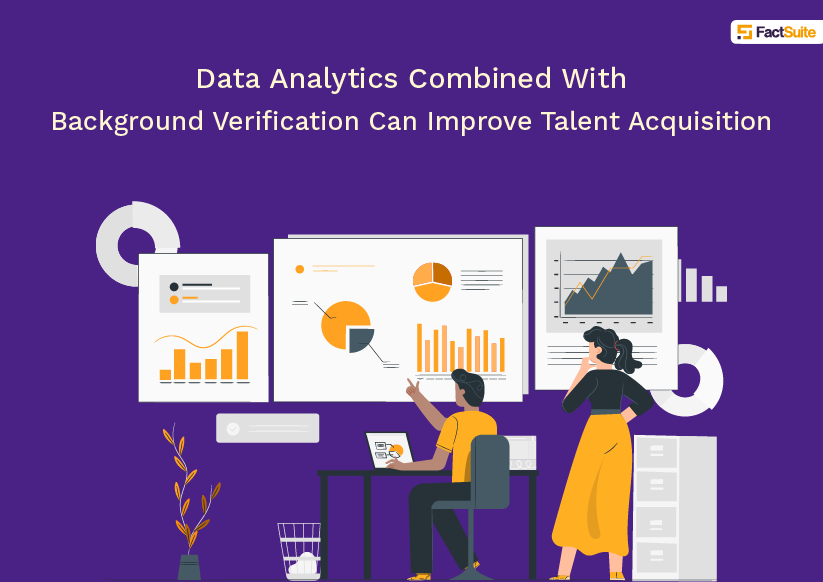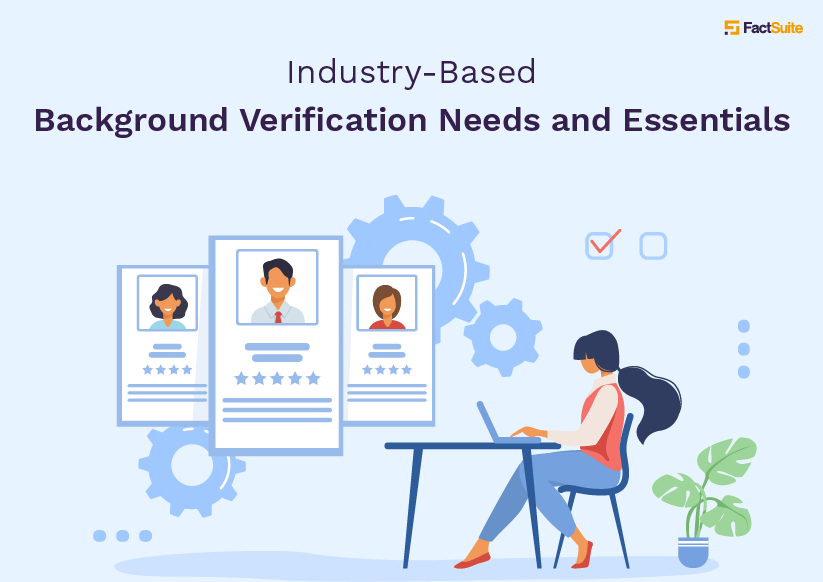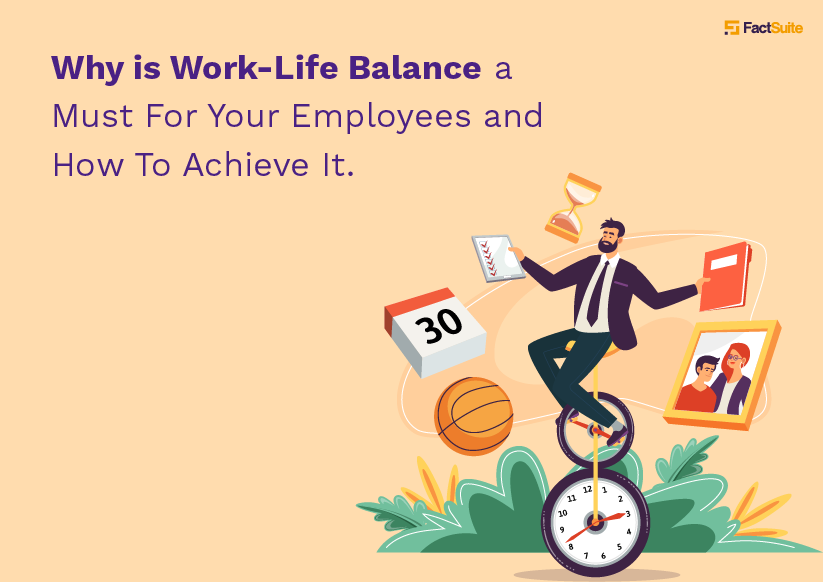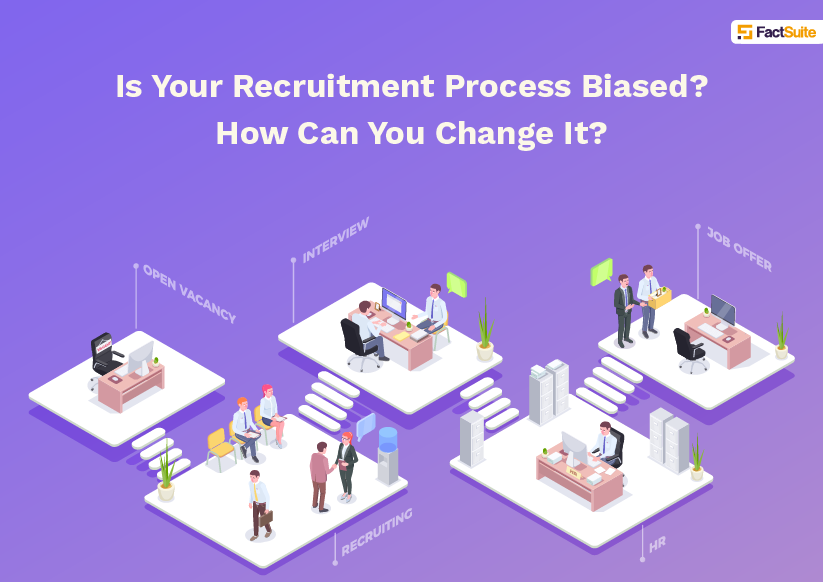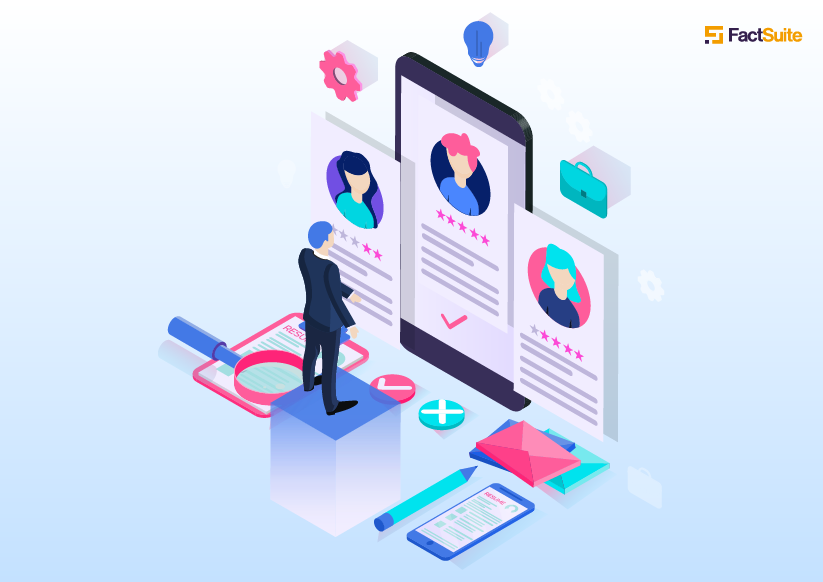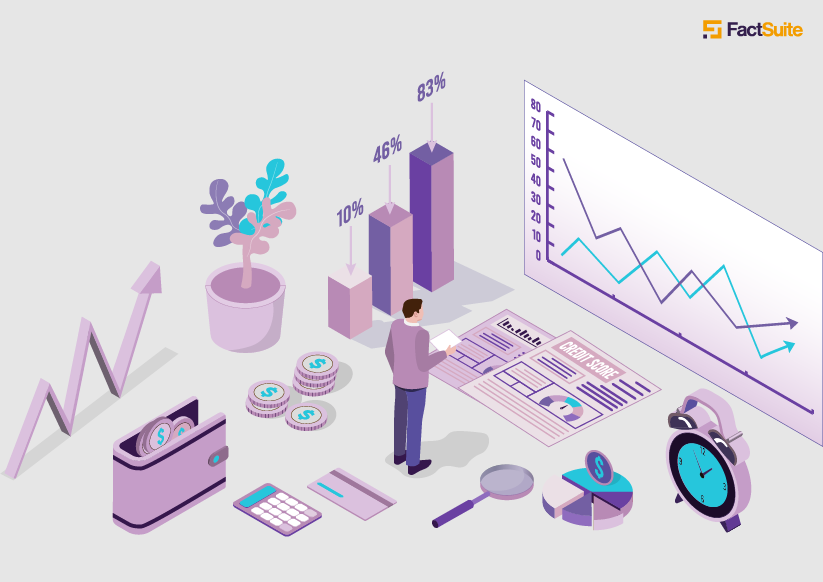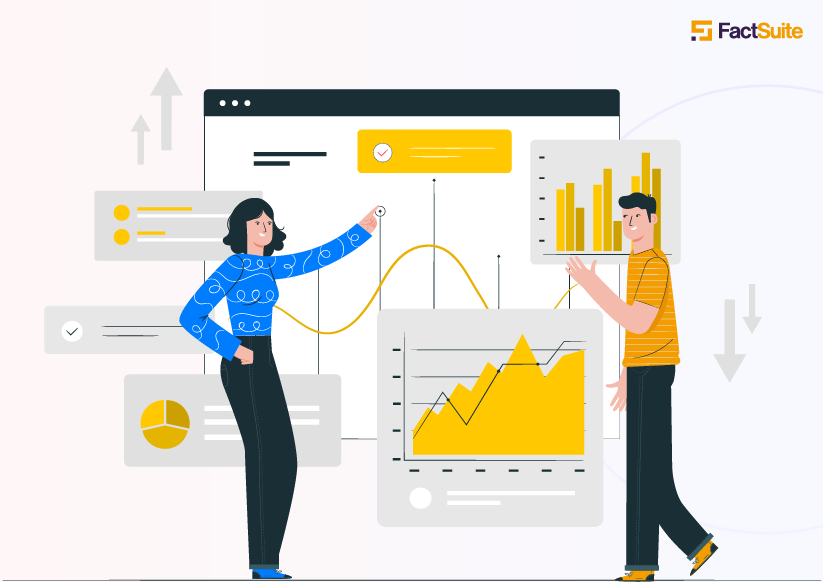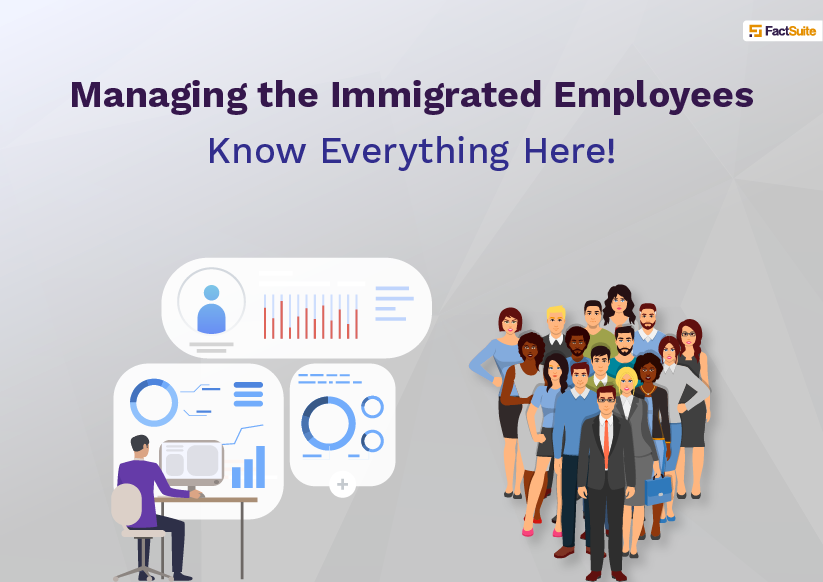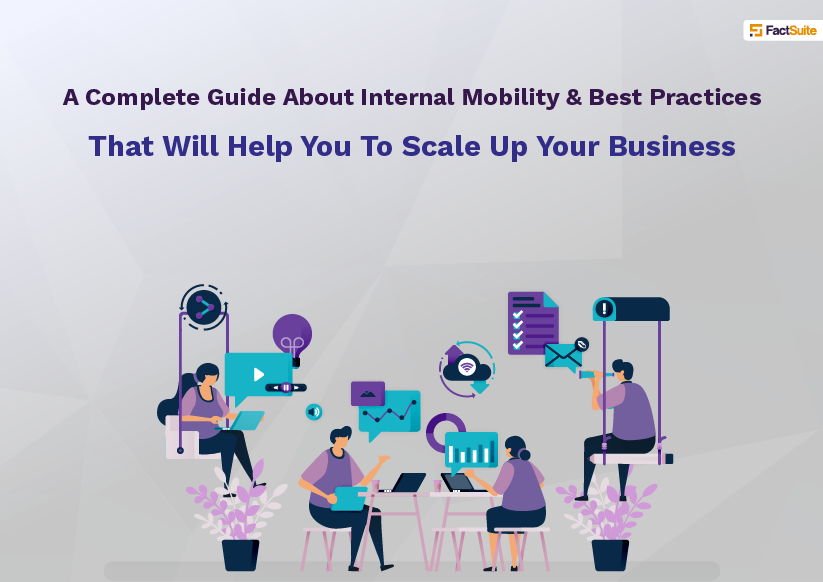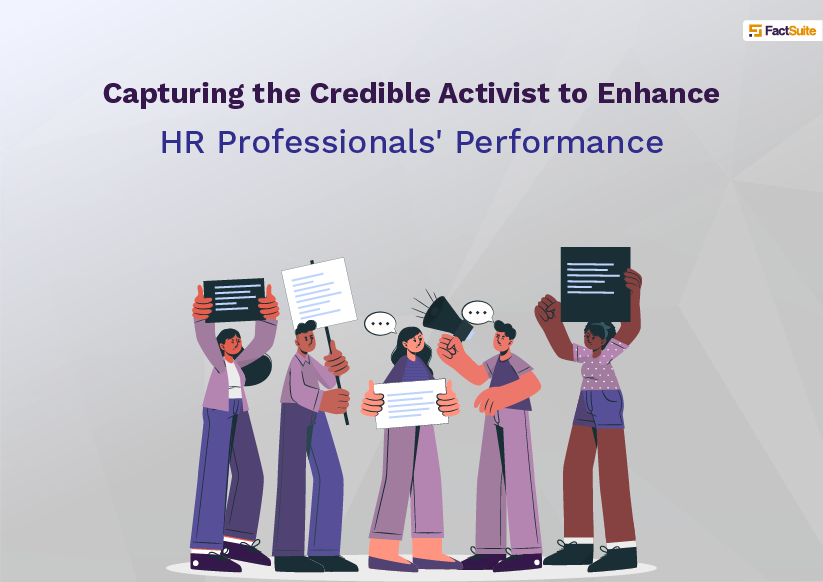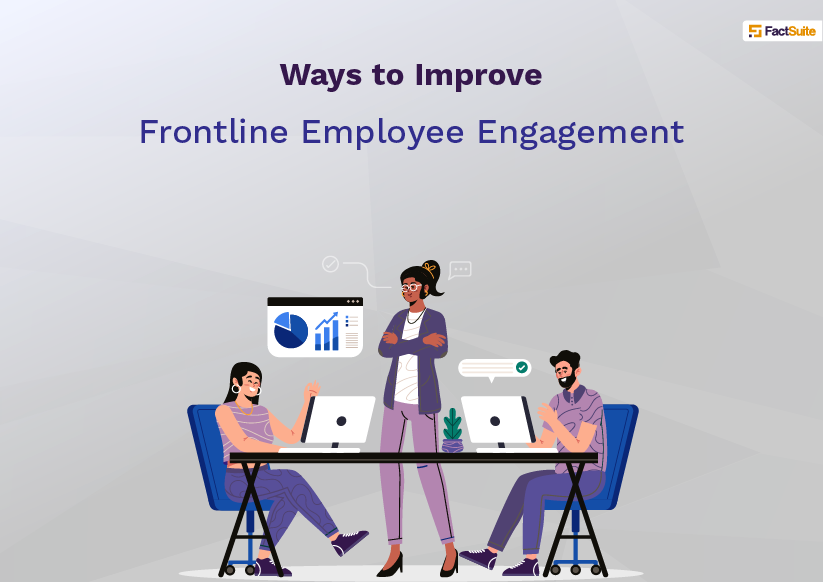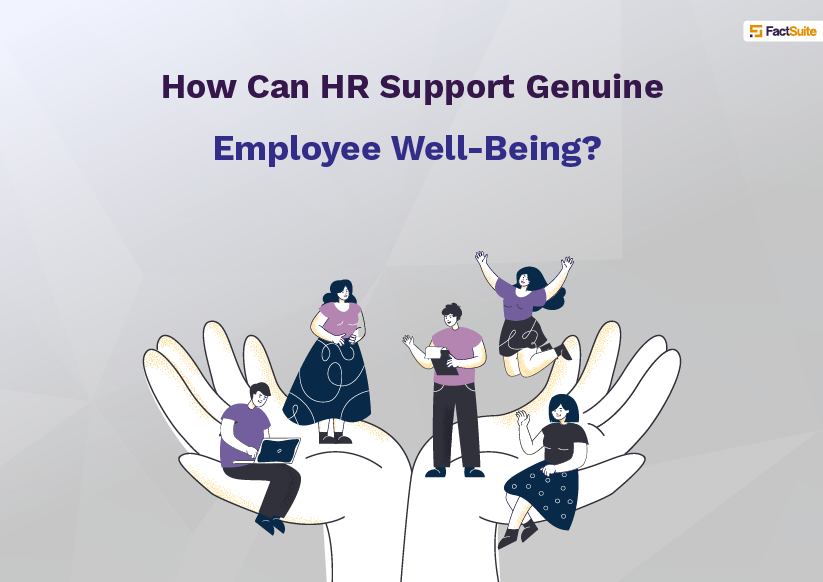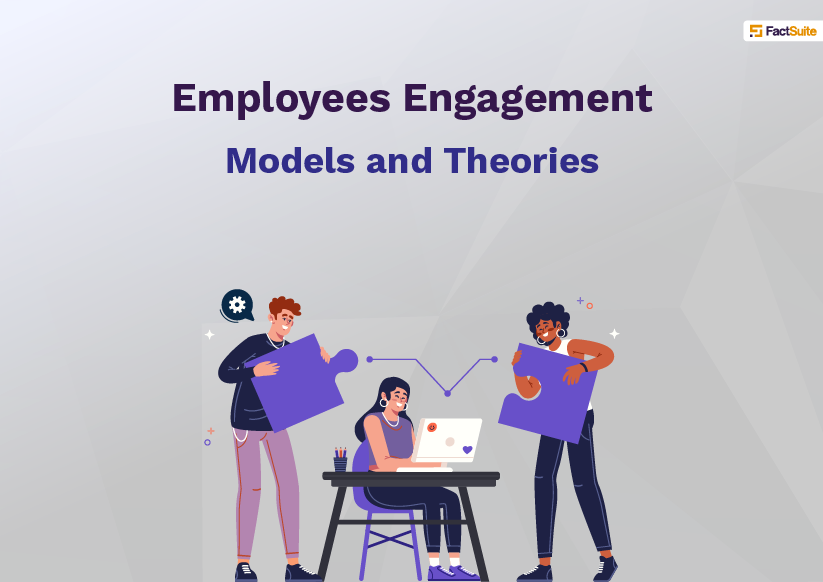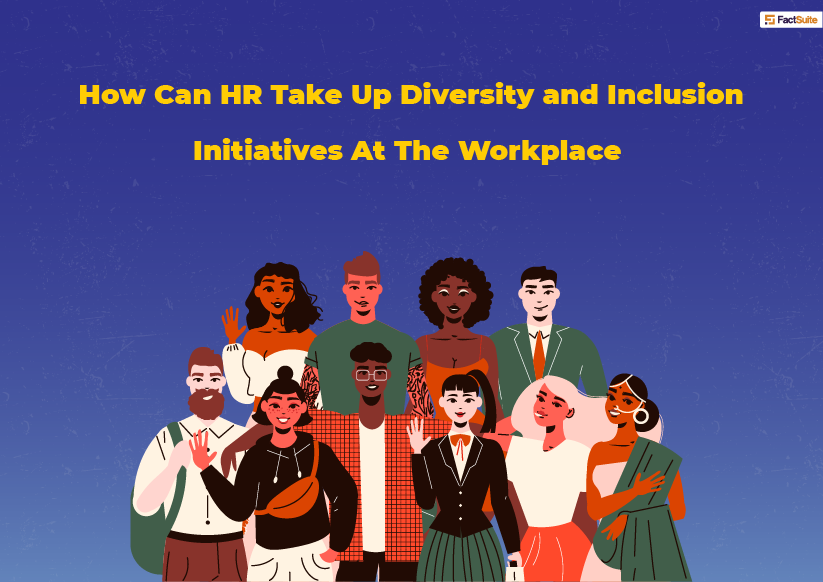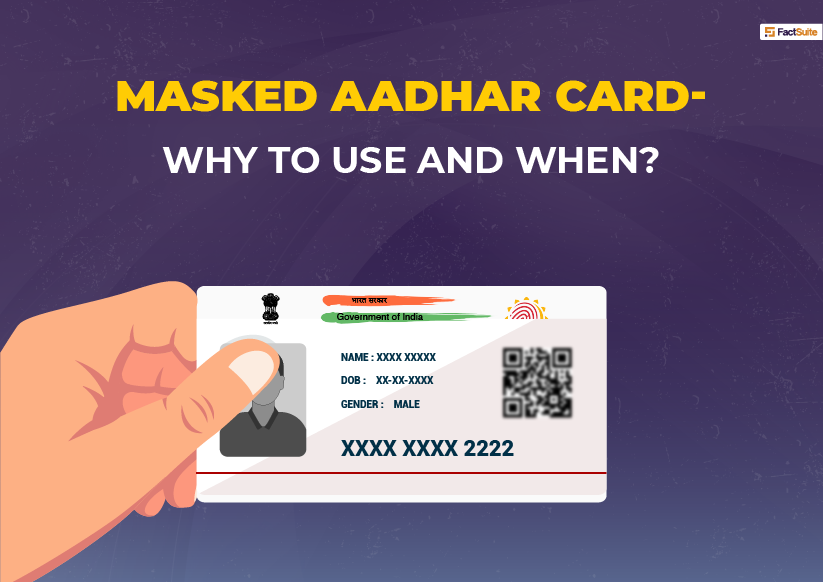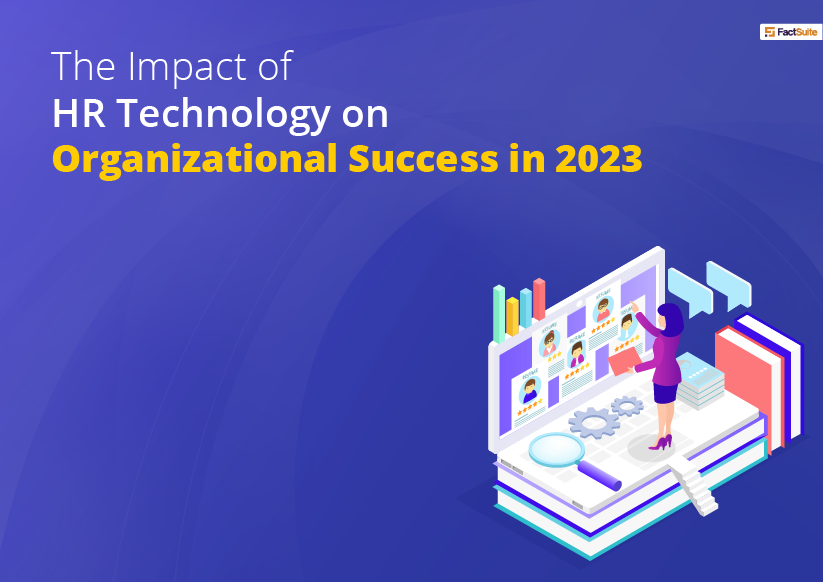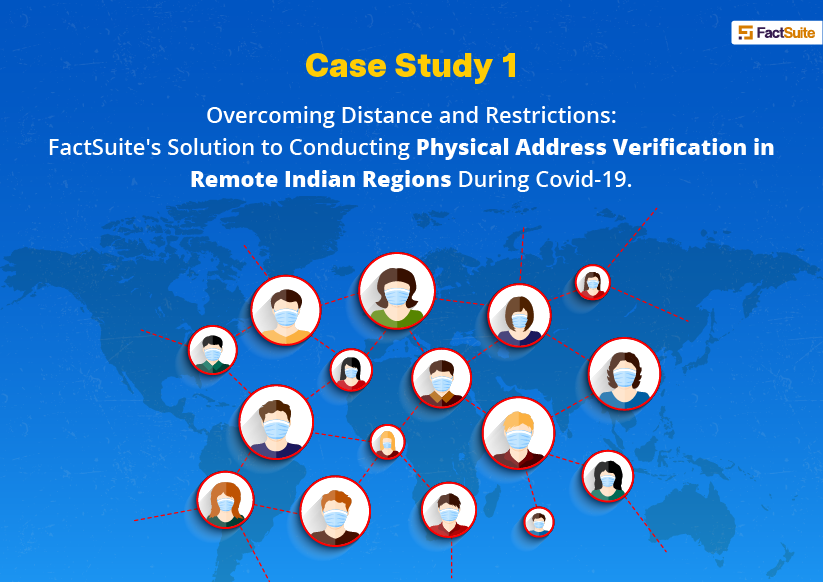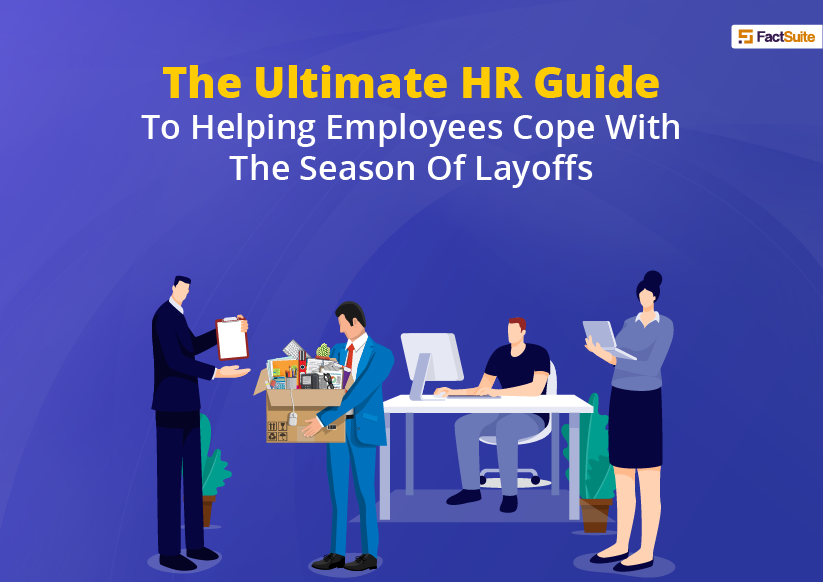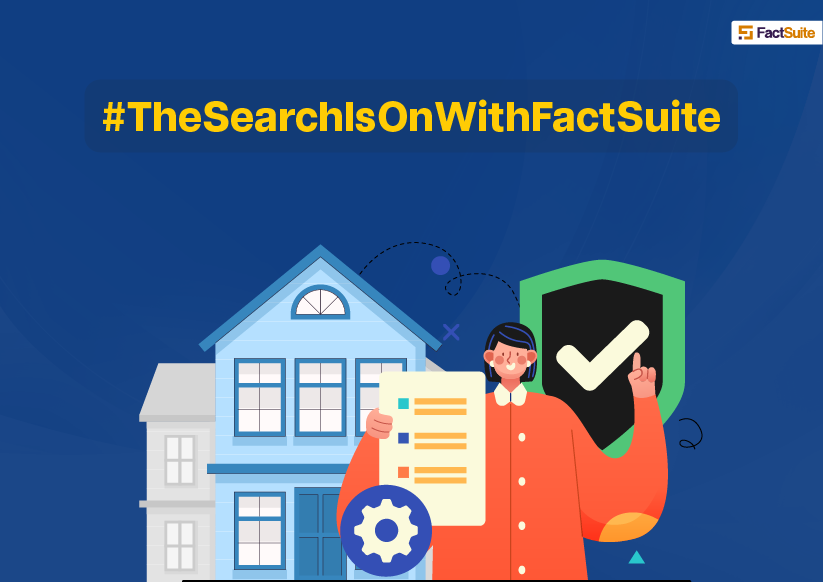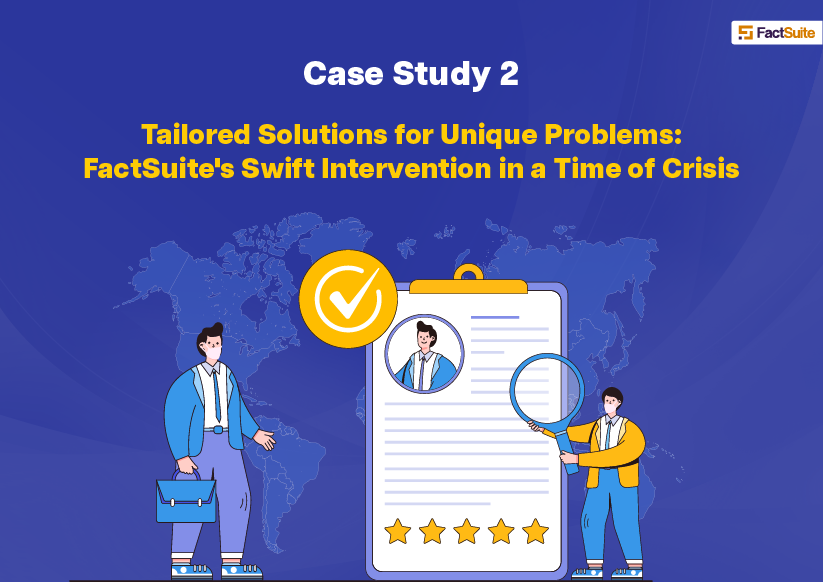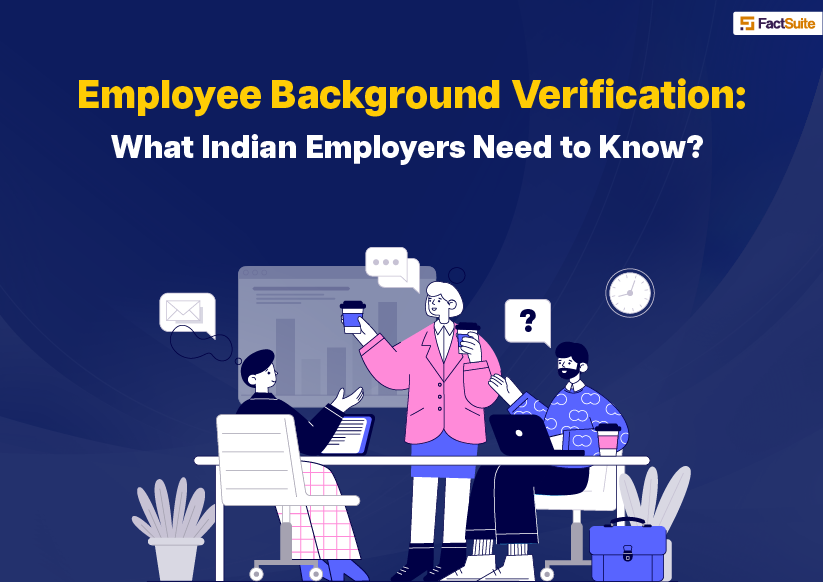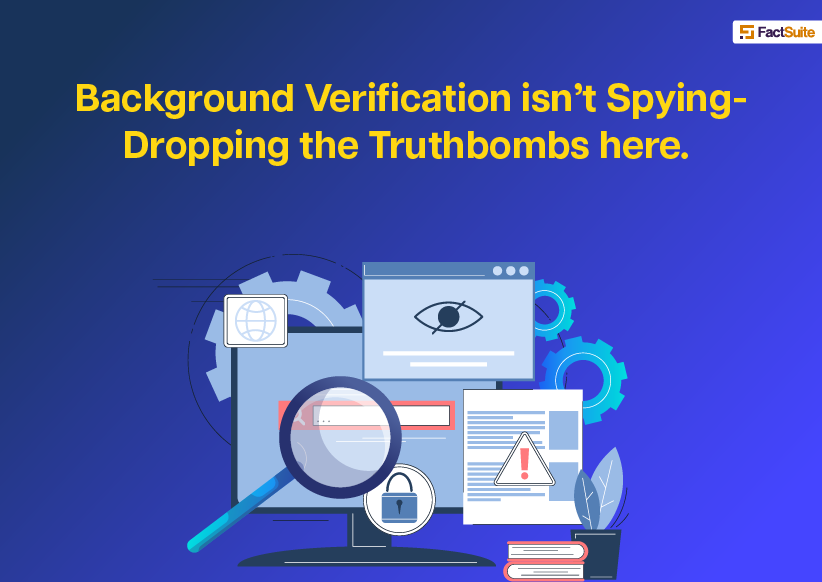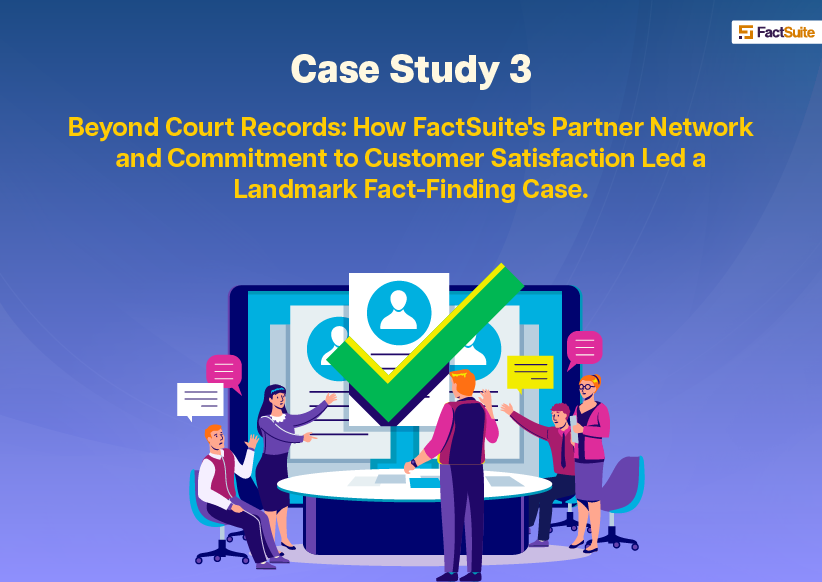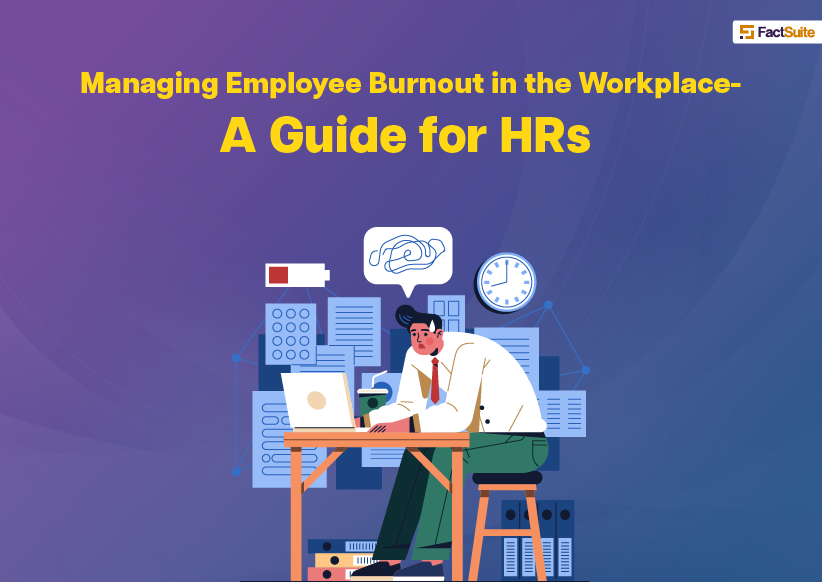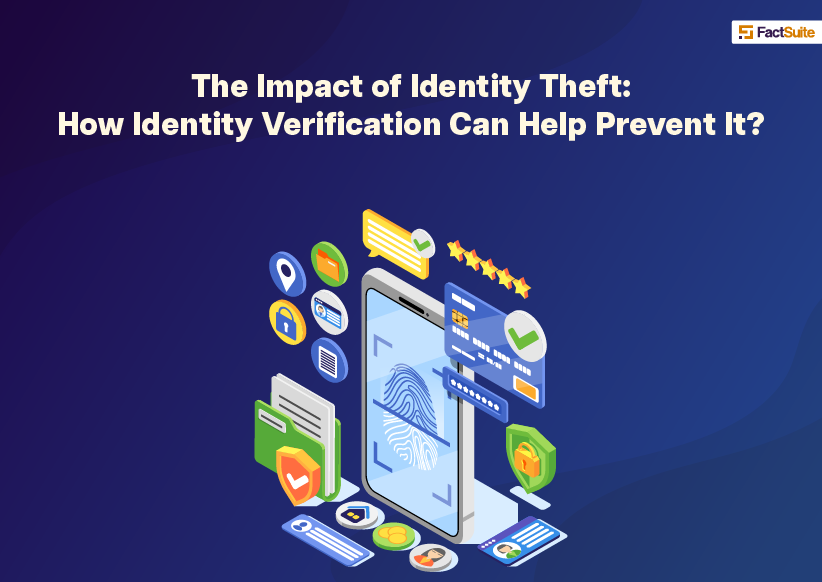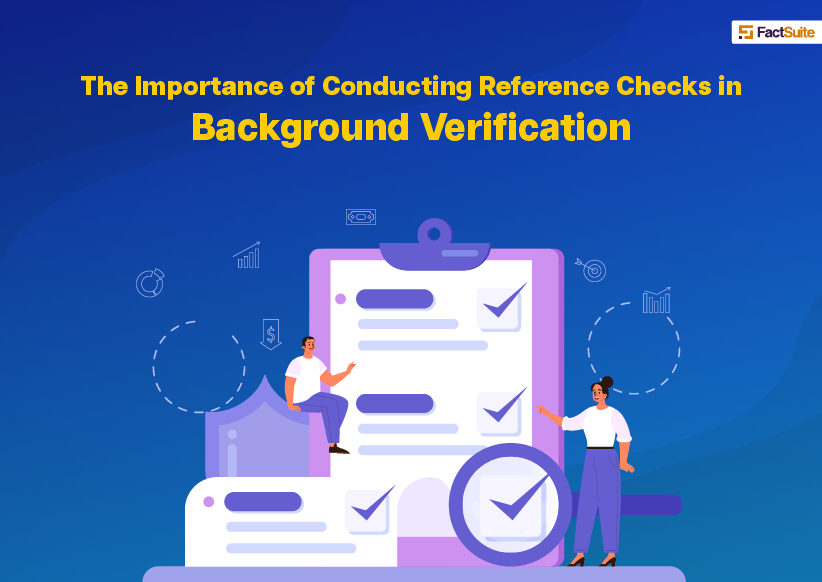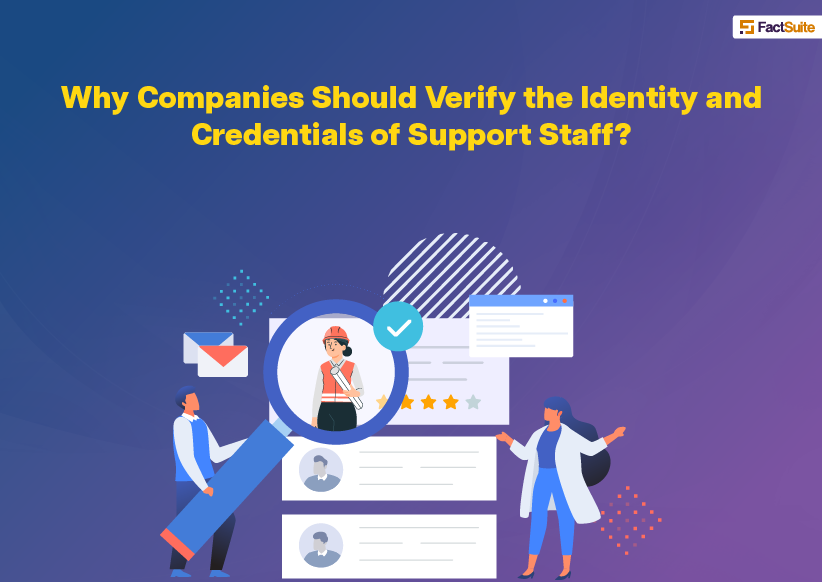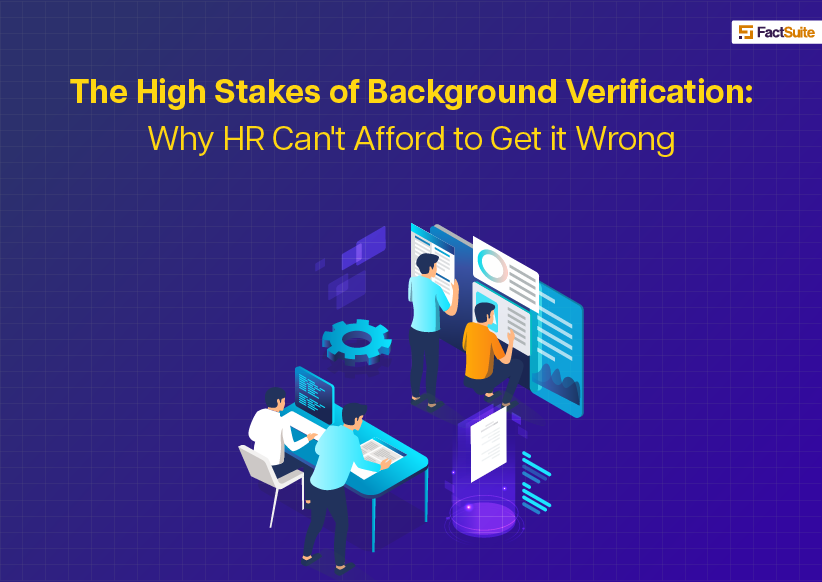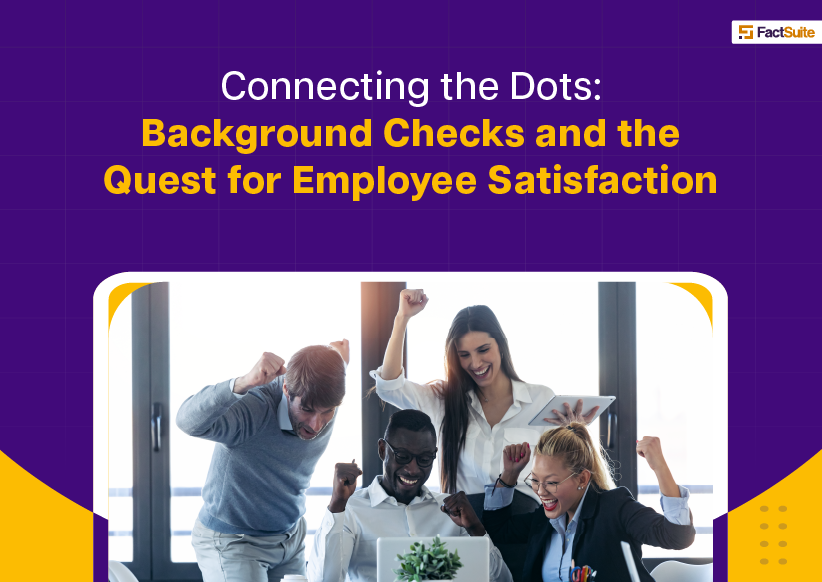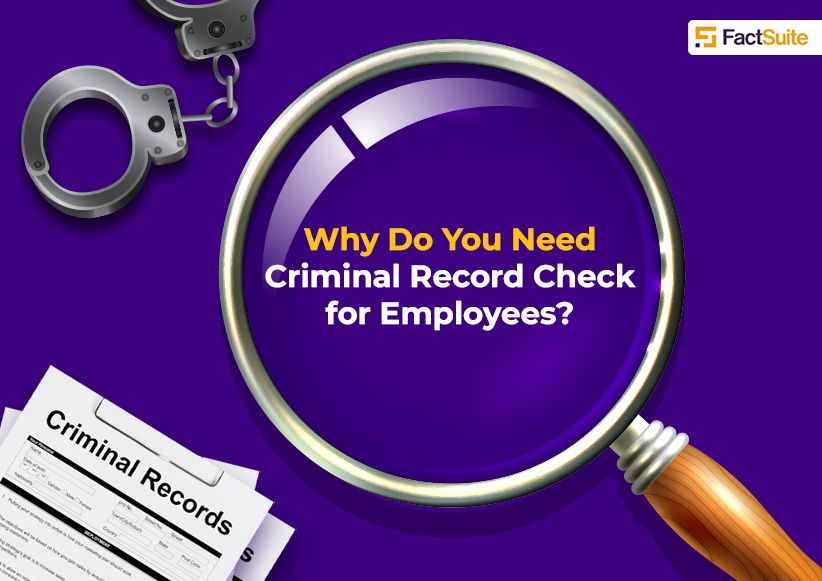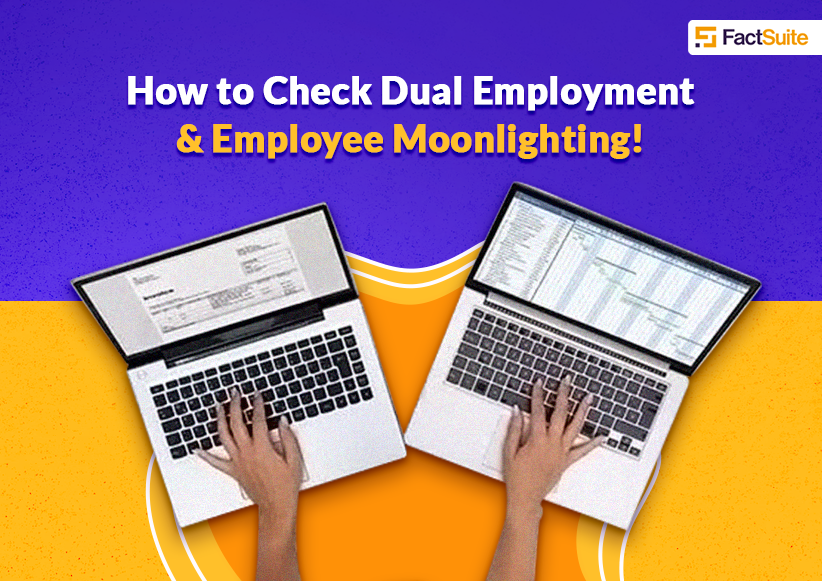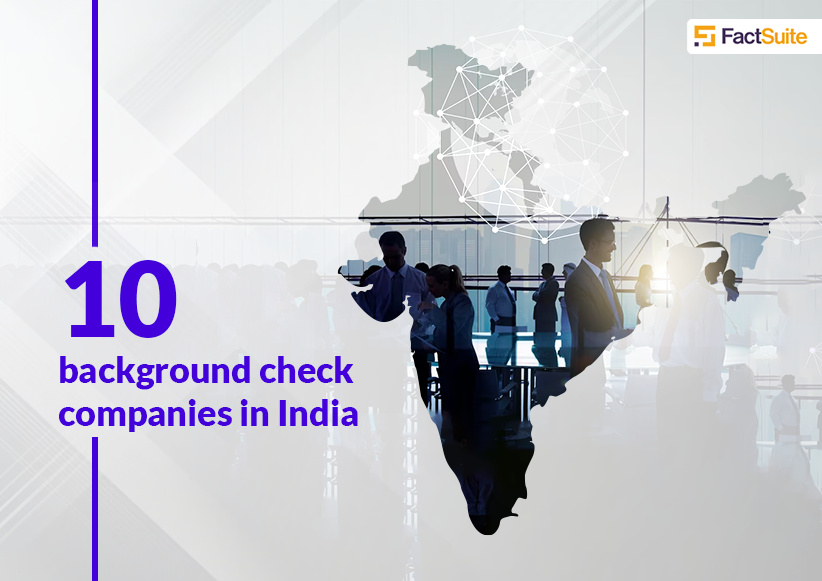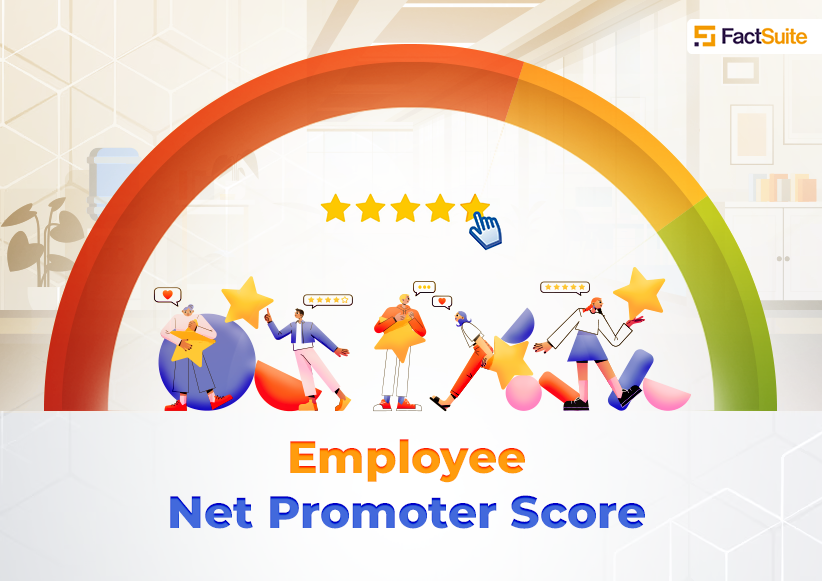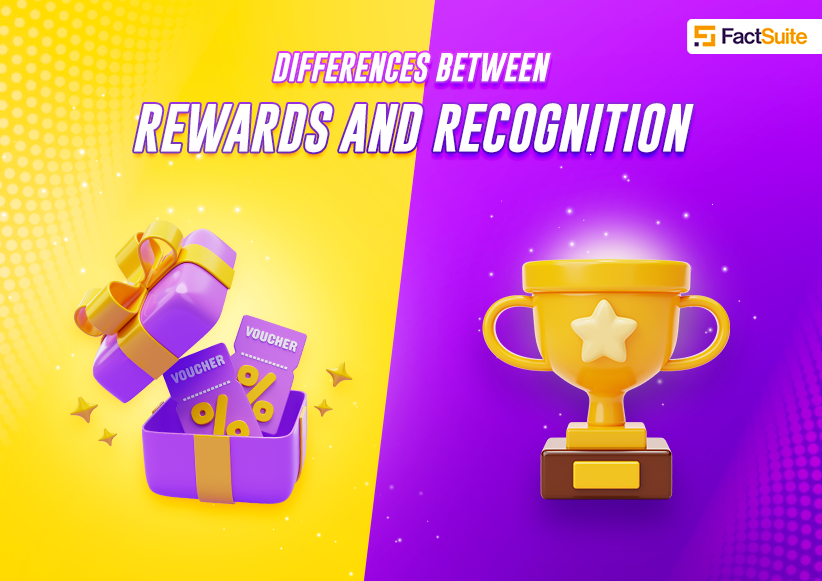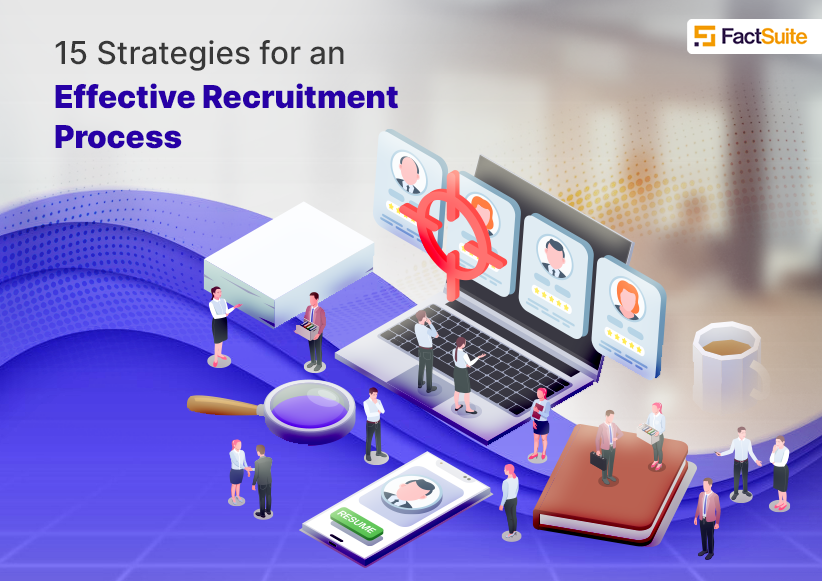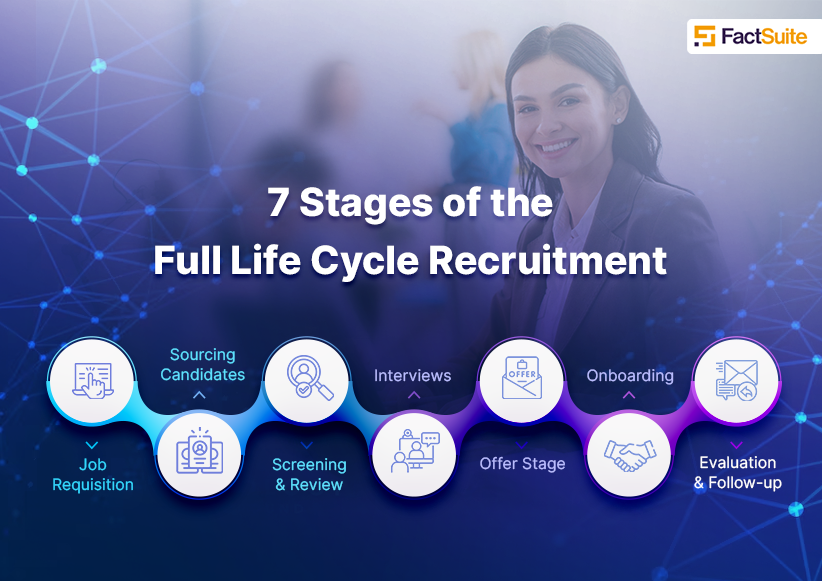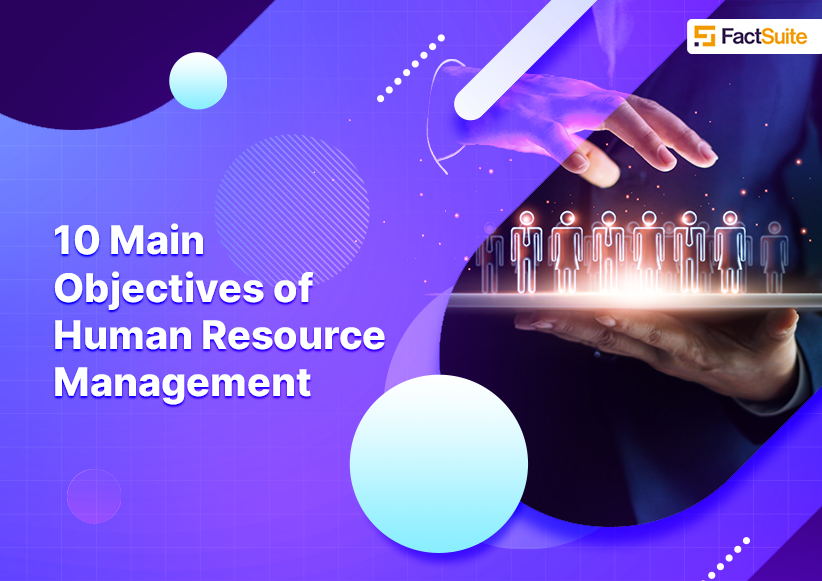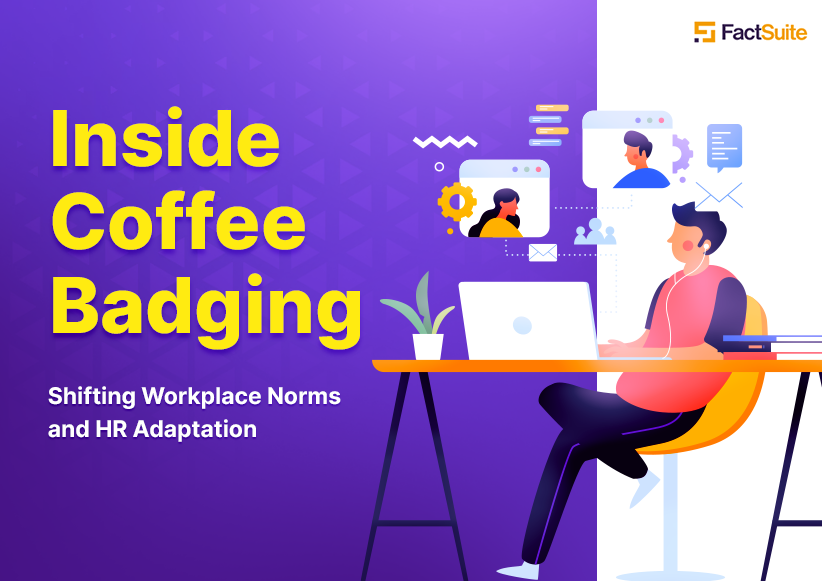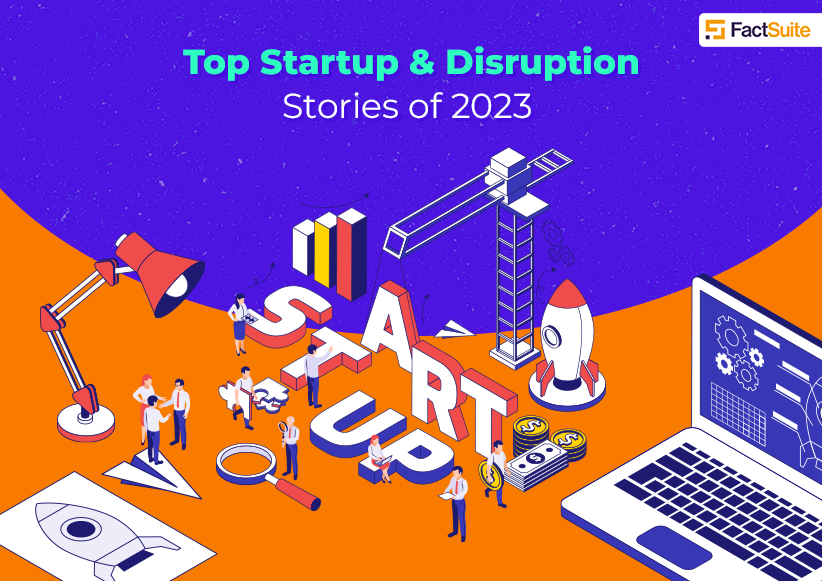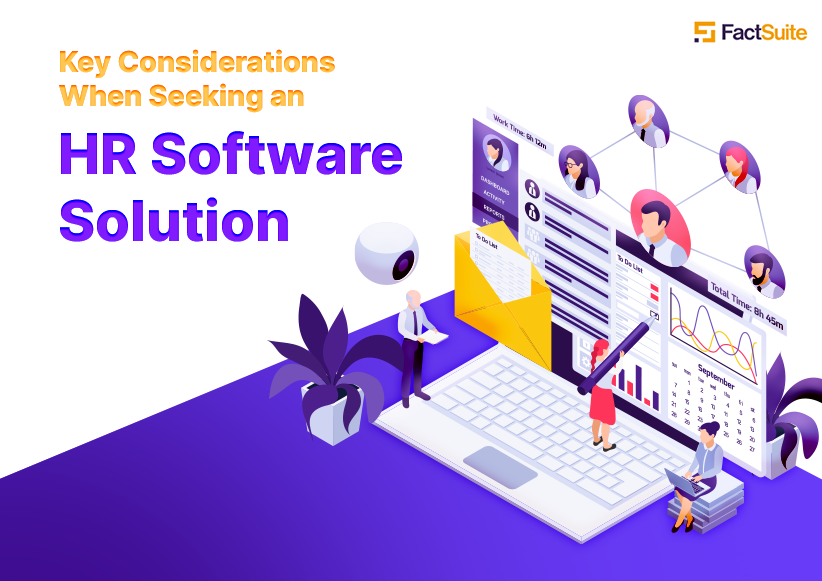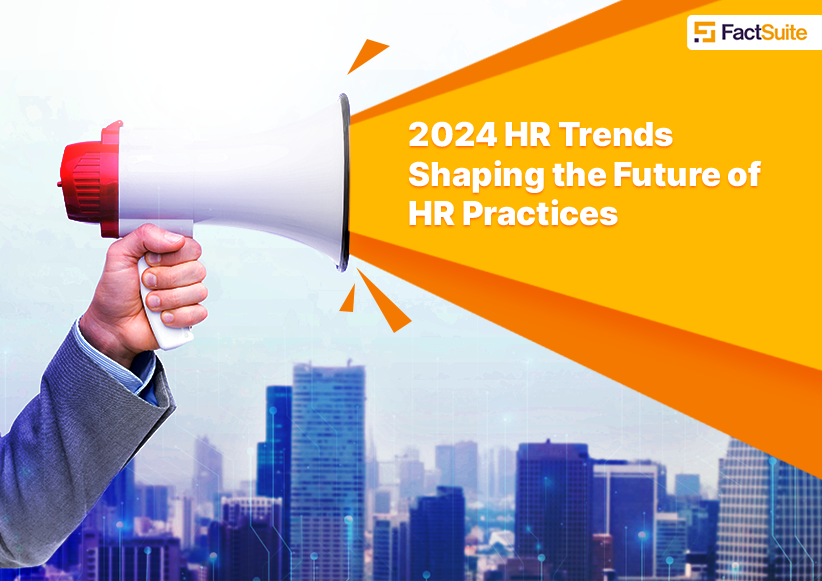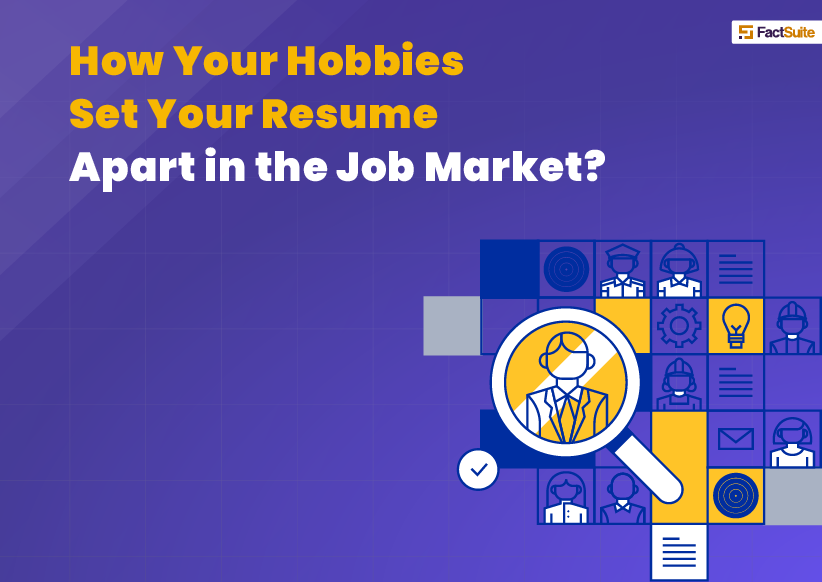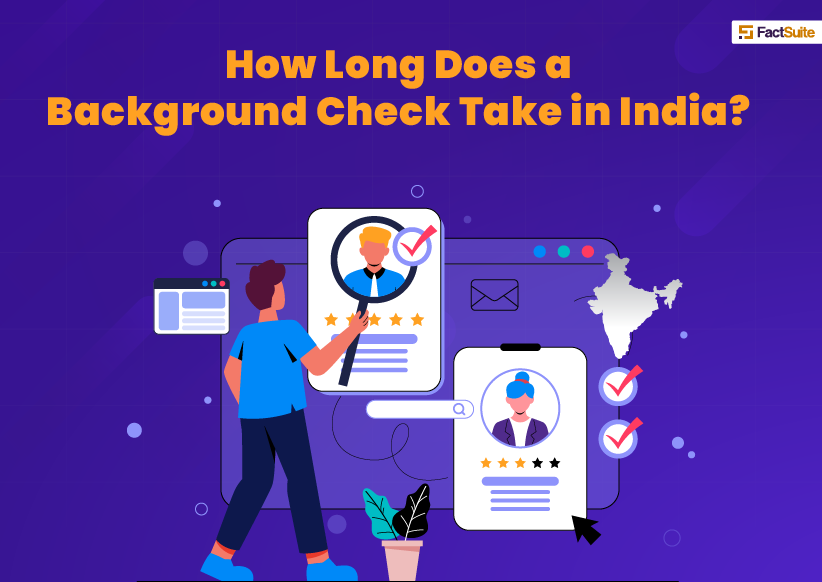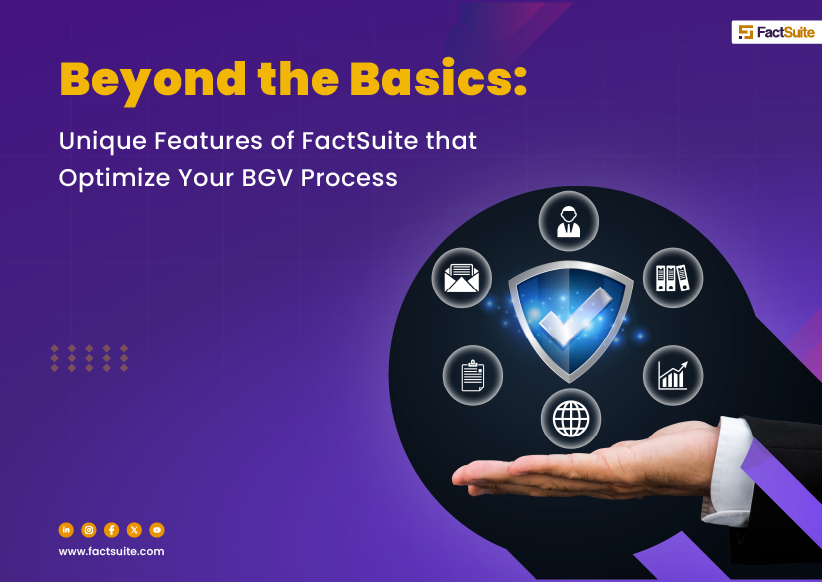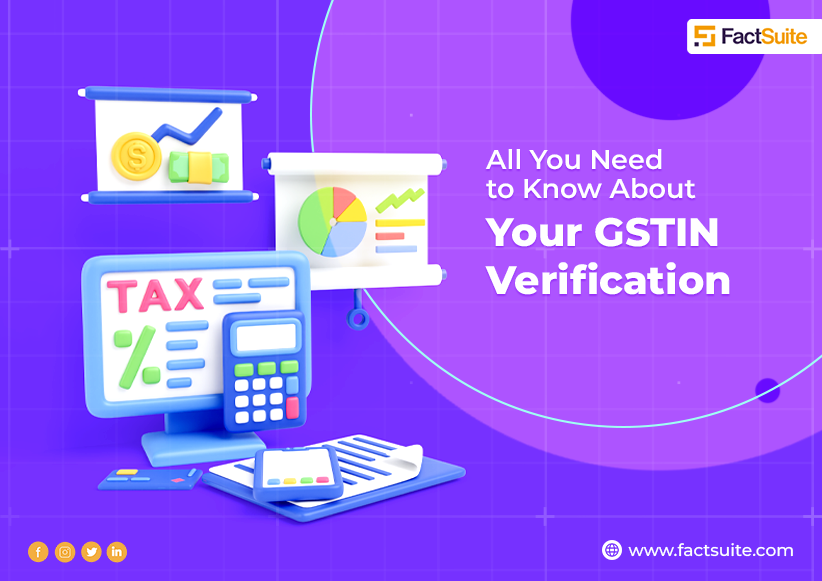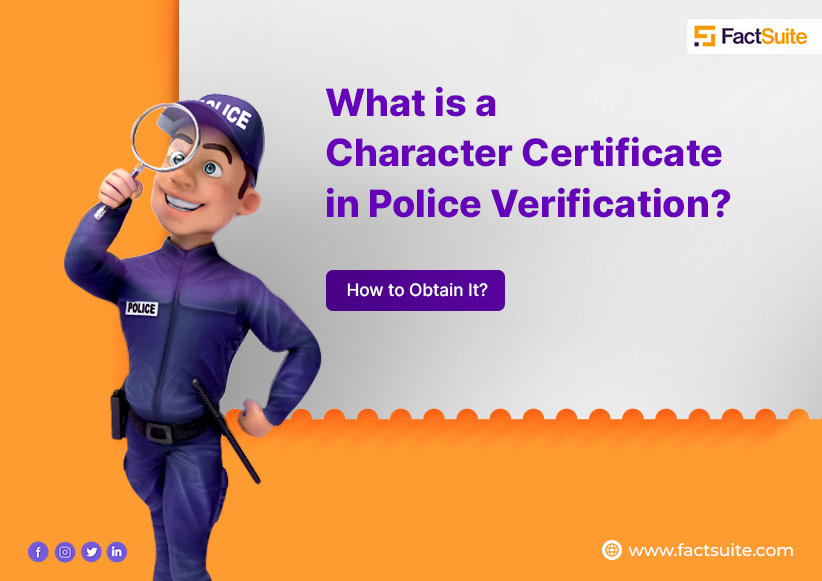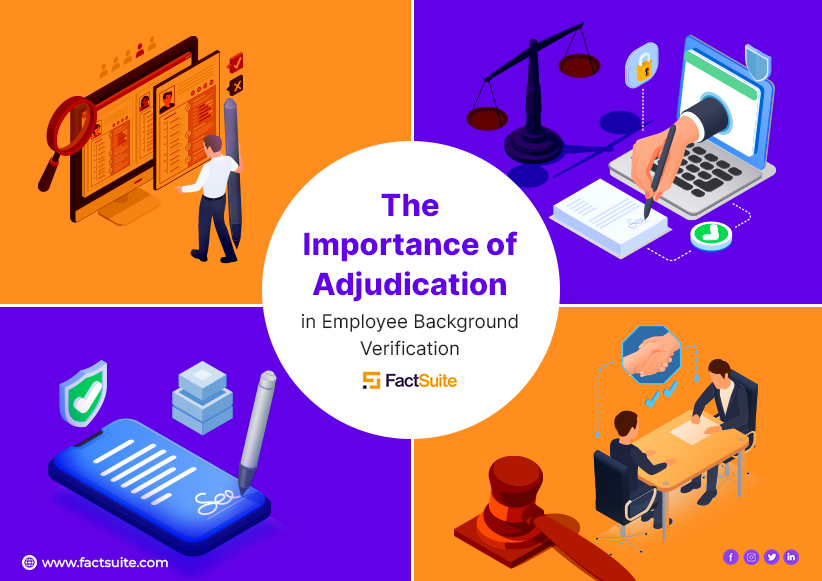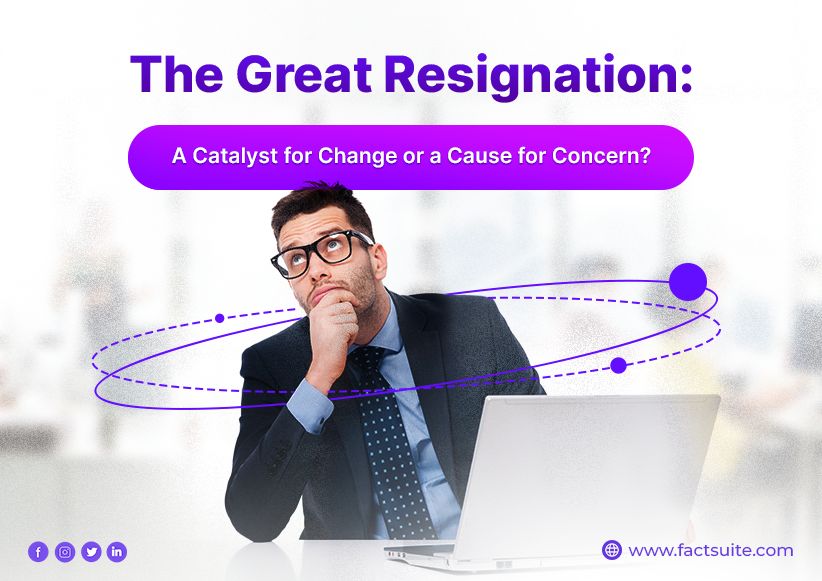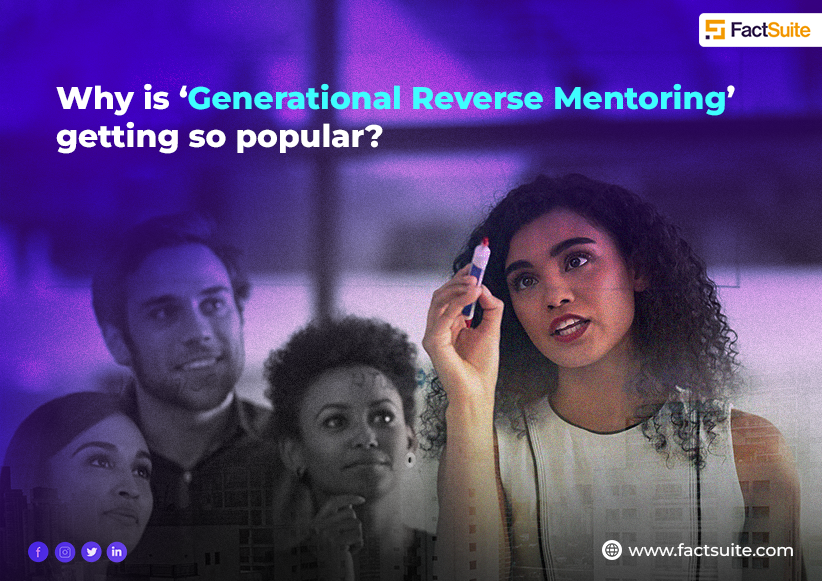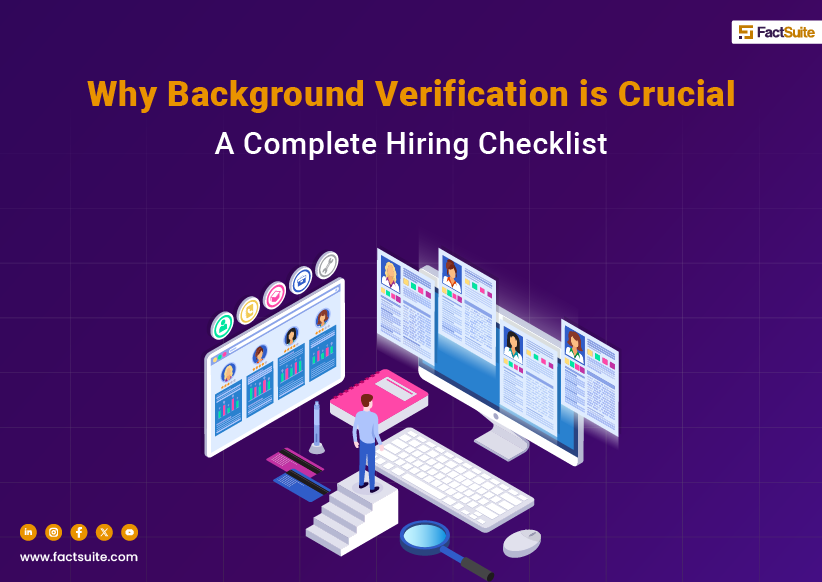How to Use Recruitment Analytics to Modernize Your Hiring Process?

In times past, employers had to handle HR processes manually, spending an ample amount of time compiling employee data, issuing paperwork, and tracking employee performance. With traditional hiring systems becoming redundant, companies are now increasingly moving towards technology that aids with efficient and simple HR solutions.
To keep up with the fast-paced world, companies are turning to new-age HR solutions or software. Reports suggest that “the HR software industry is expected to grow to over $10 billion by end of 2022.”
The latest technology-backed HR processes will help talent acquisition become smooth and streamlined. According to IEEE Global Study major technologies that will change the HR dynamics in 2022 include artificial intelligence, machine learning, big data, and cloud computing.
These technologies and new solutions are here to streamline the HR functions and make them more efficient. While the HRs are exploring various new phenomena, one effective and evolved solution to be factored in is recruitment analytics.
What is recruitment analytics and why is it significant?
Enabling organizations to hire employees faster with data and predictive models, the recruitment analytics method is improving the efficiency of the recruiting process. For example, if a company notices receiving a large number of applications from a particular source and the data is useful, they might consider increasing their efforts to recruit from that particular source, and not invest elsewhere. Or if they notice that their interview-to-offer ratio is low, they might want to reconsider their hiring criteria.
By tracking data such as application volume, source of applicants, and interview-to-offer ratios, companies can identify areas where there is an opportunity or where they might need to make changes to improve their recruitment strategy.
Recruitment analytics is becoming popular as it allows companies to make data-driven decisions about their recruitment process. Furthermore, predictive analysis is proving to save up to 23 hours of manual labour per week in shortlisting and screening candidates. Such data and predictive analytics are fundamental to optimizing the HR process with future forecasting for increased results. It will lead to effective outcomes for both the company and the candidates.
How to get started with recruitment analytics?
Data can play a significant role for HR leaders, empowering them to make informed decisions and also know where to focus their efforts. Also, saving time and money in the process. But first, let us understand how do you get started with recruitment analytics? Here are some tips to help you get started:
1. Define your goals
Before you start gathering data, you need to know what you are trying to achieve. What are your key performance indicators (KPIs and what areas of recruitment do you need to improve? Once you have a clear goal in mind, you can start looking for data which will help you reach it.
2. Collect correct data
Not all data is created equal - some are more useful than others when it comes to recruitment data. For example, several organisations focus on the number of applications they receive. But it is better to look at the data from a different perspective - which role applicants apply for and how many get recruited.
3. The type of data you use
The kind of data you use can be the difference between a successful and failed hiring. The wrong kind of data can produce inaccurate results, which can lead to misguided recruitment.
4. The quality of data you use
If you are using the data to improve your decision-making abilities, you must get your information from credible sources. The best way to do this is to source data from credible organizations or platforms that provide you with the required candidate information.
Using Predictive analytics in recruitment for successful hiring
As companies are utilizing artificial intelligence (AI) and machine learning (ML) nuances to analyse key data information for segmenting candidate profiles, understanding them and their suitability, predictive analytics helps companies save time and money by not having to review candidates who are unlikely to be a good fit for the position. Predictive analytics is a branch of AI that uses historical data to make predictions about future events. Predictive analytics is used in recruitment to help identify candidates who are likely to be successful in a certain role and to suggest candidates for review. Additionally, predictive analytics can help identify potential problems with current recruitment practices.
Predictive analytics is a predictive modelling technique that can be utilized by HR professionals to comprehend and predict current and future employee behaviour. It is a field of computer science that uses mathematical models to make predictions about future events or behaviour. While predictive analytics has been used in recruitment for a few years, it has only recently begun to be recognized as a valuable tool. There are several ways to use predictive analytics in recruitment, and the best way to succeed with it depends on the organization's specific needs. Here are five tips for success with predictive analytics in recruitment:
1. Hiring an efficient workforce: Use predictive analytics to target candidates with the right skills for your job opening. The HR industry has previously struggled to hire the right fit for a particular job opening. As such, leading to higher attrition rates. This challenge can be efficiently managed by using predictive analytics in your hiring process.
2. Likelihood of joining your firm: The most common use of predictive analytics in recruitment is to predict the likelihood of a new hire being selected and joining your company. As HR struggles with lower candidate turnaround, predictive analytics can be a wise tool to employ for selecting a proficient candidate for a position and even ensuring that they will be joining the company.
3. Identify future performances: Predictive analytics in recruitment can help organizations identify the future performances of candidates and employees. Predictive modelling can provide insights on who is likely to be a successful employee, how best to motivate them, and what skills they may need to excel in the role. By utilizing predictive analytics in recruitment, organizations can improve the quality of their hires.
4. Retaining key employees: Predictive analytics can help organizations identify and retain top performers, by predicting which employees will leave and when. By using predictive modelling, HR departments can better identify who is at risk of leaving and work proactively to manage those risks. It can help Organizations save money on recruitment costs, and keep talented employees on their payroll
5. Motivating candidates for higher engagement: Candidates are a valuable asset to any company and should be motivated to pursue a job, join, and stay with the company. In such a scenario, predictive analytics is used to predict how a candidate will respond to different recruitment tactics and then adjust those tactics accordingly. By using predictive analytics or recruitment analytics solution, companies can keep their candidates engaged and motivated, leading to a more successful recruitment process. It will also lead to lower attrition and higher retention in a company.
Therefore, recruiting analytics solution is a powerful tool that can modernize the hiring process. By using data-driven methods, hiring managers can make more informed decisions about whom to hire and improve the overall quality of their workforce. It empowers companies with application tracking systems (ATS) that recruiters identify trends and build highly engaging employment modules. It is integral for companies to understand what works and what doesn't so they can identify appropriate candidate profiles, increase turnover, and improve their overall company culture. Additionally, using recruitment analytics can help companies save time and money.
So if you aim to improve your hiring process, you must consider using recruitment analytics

